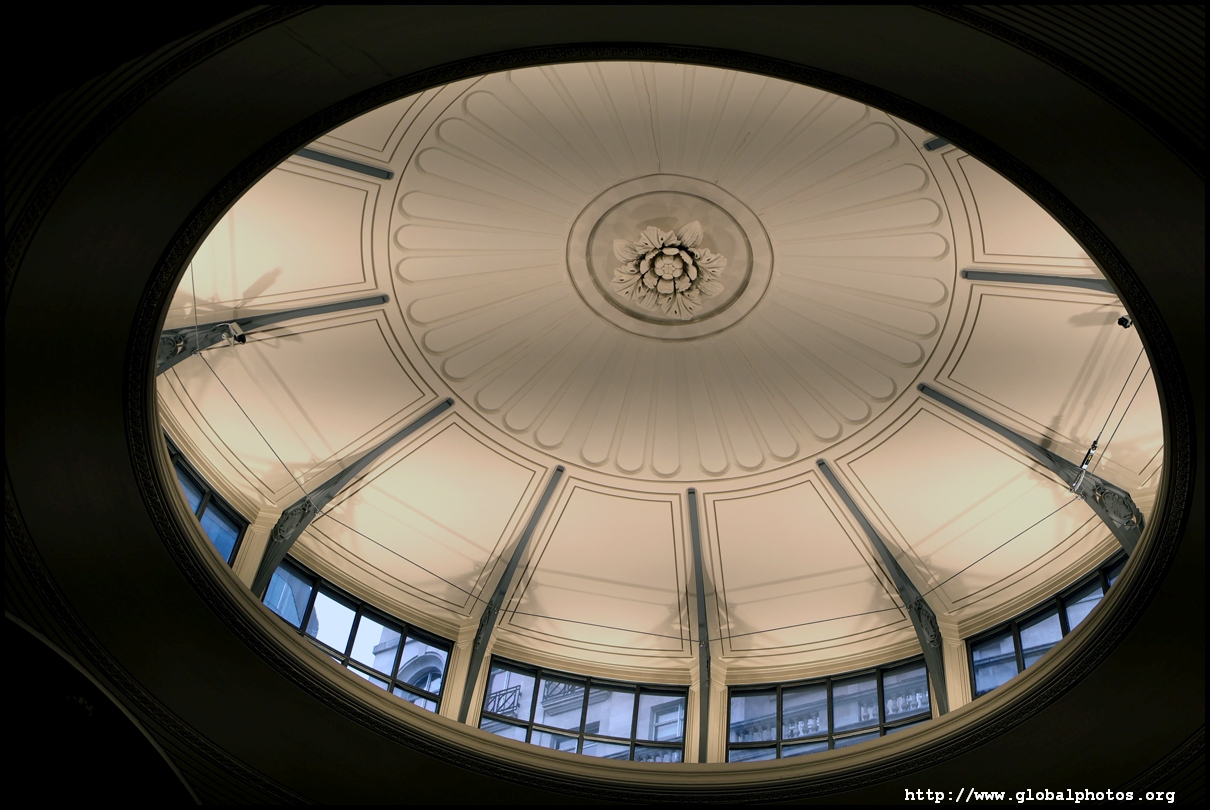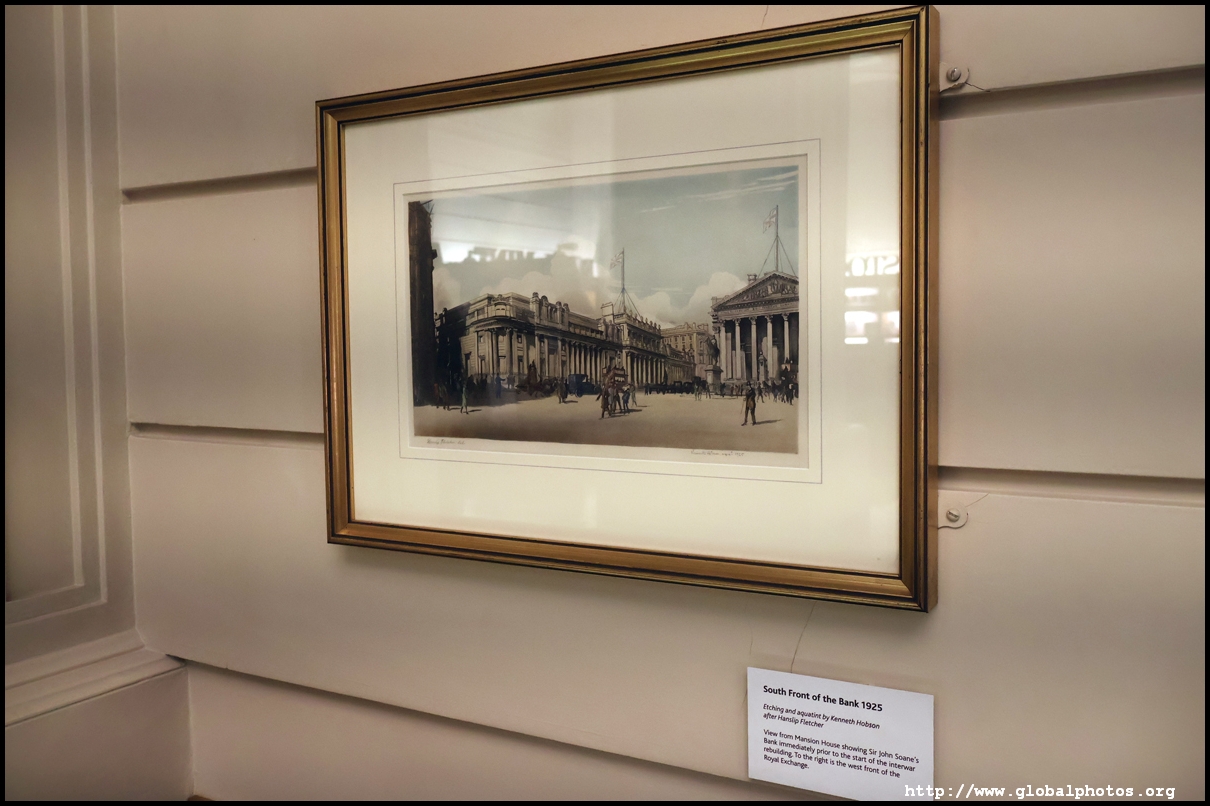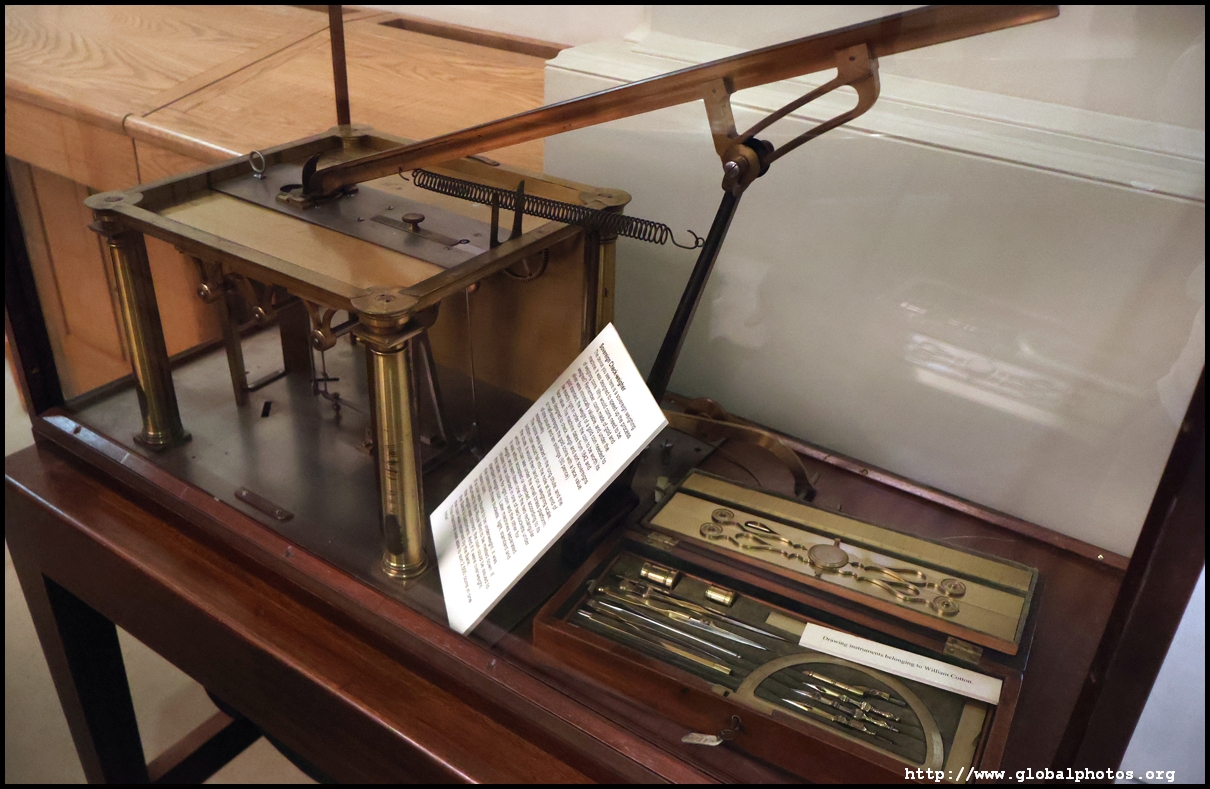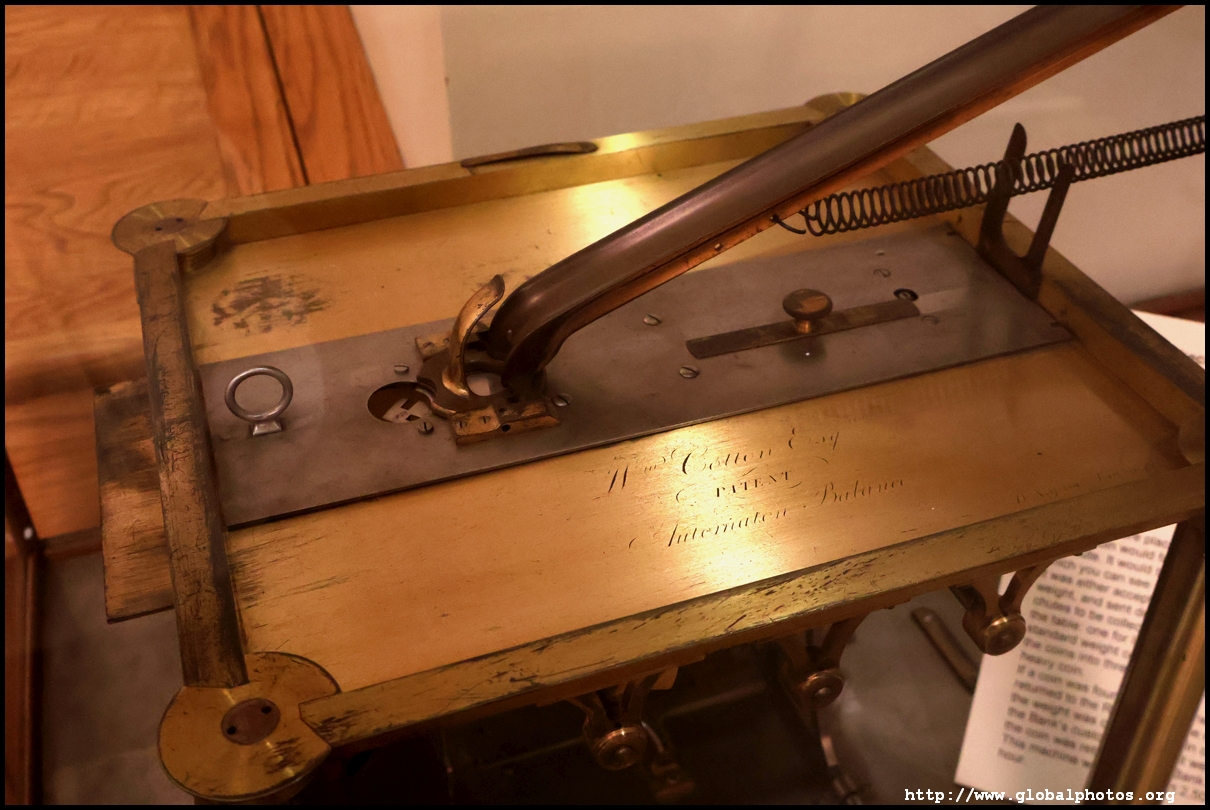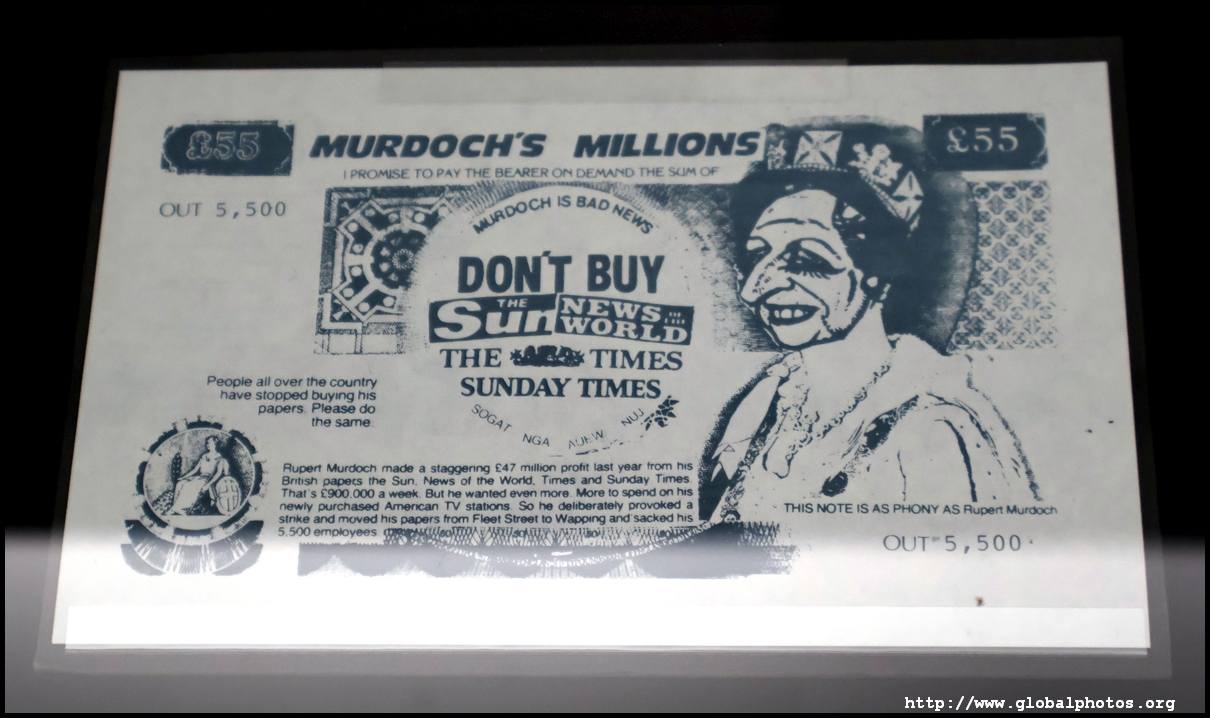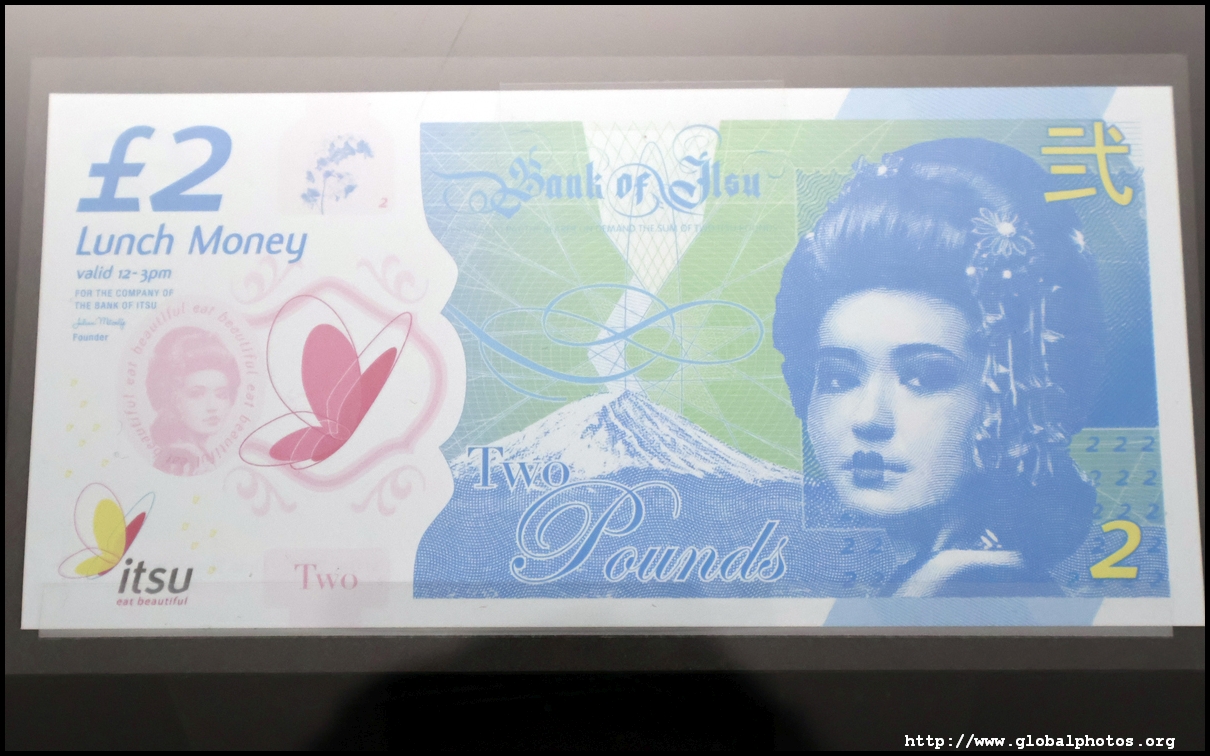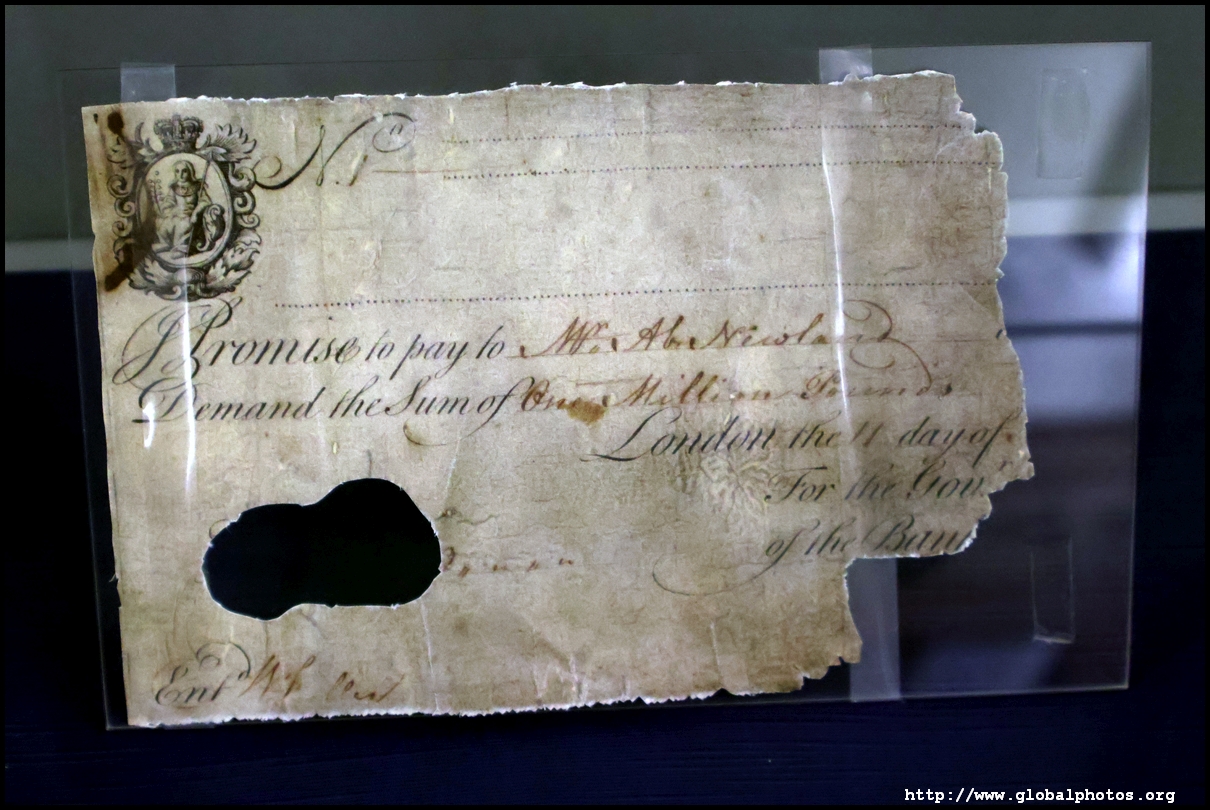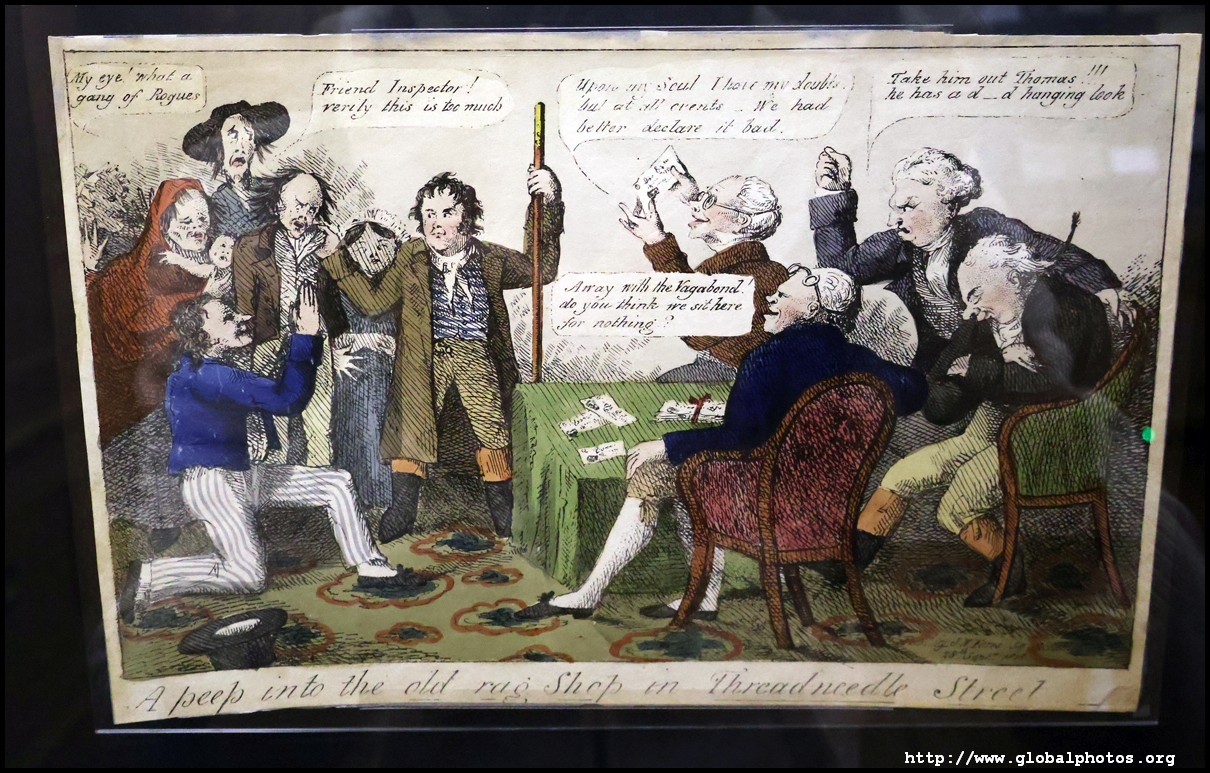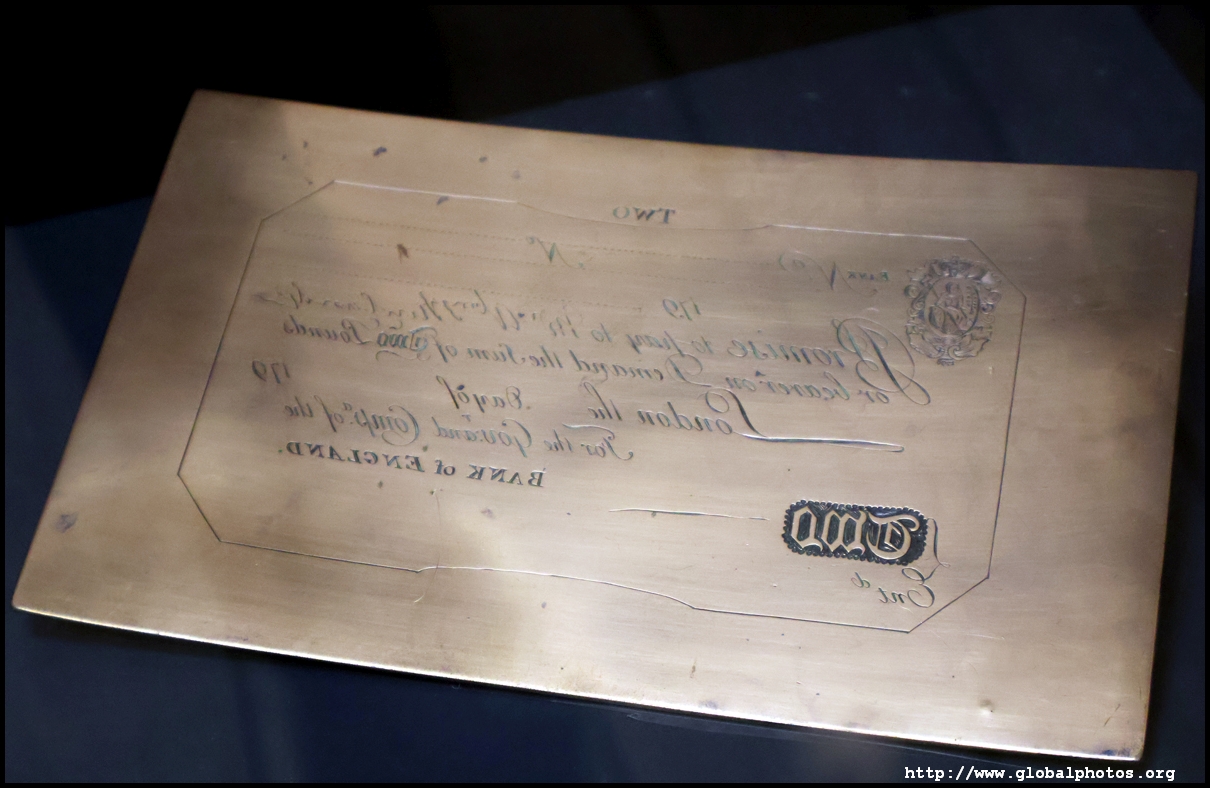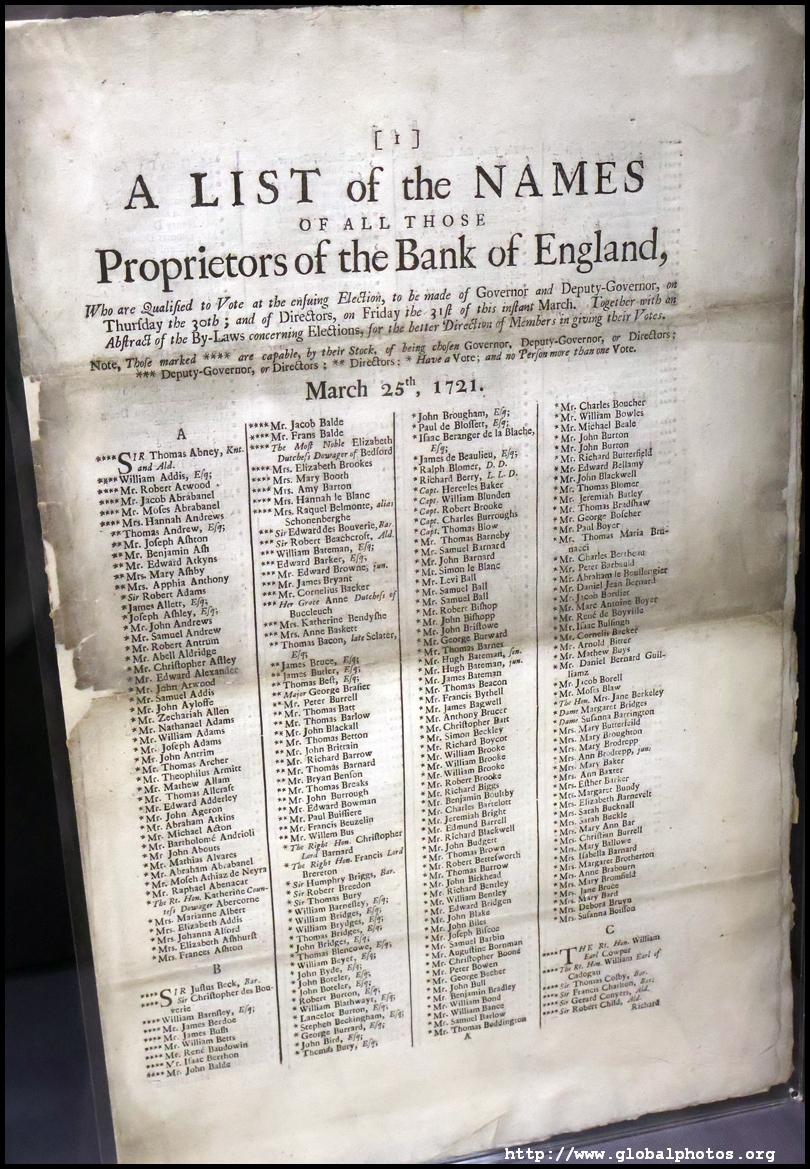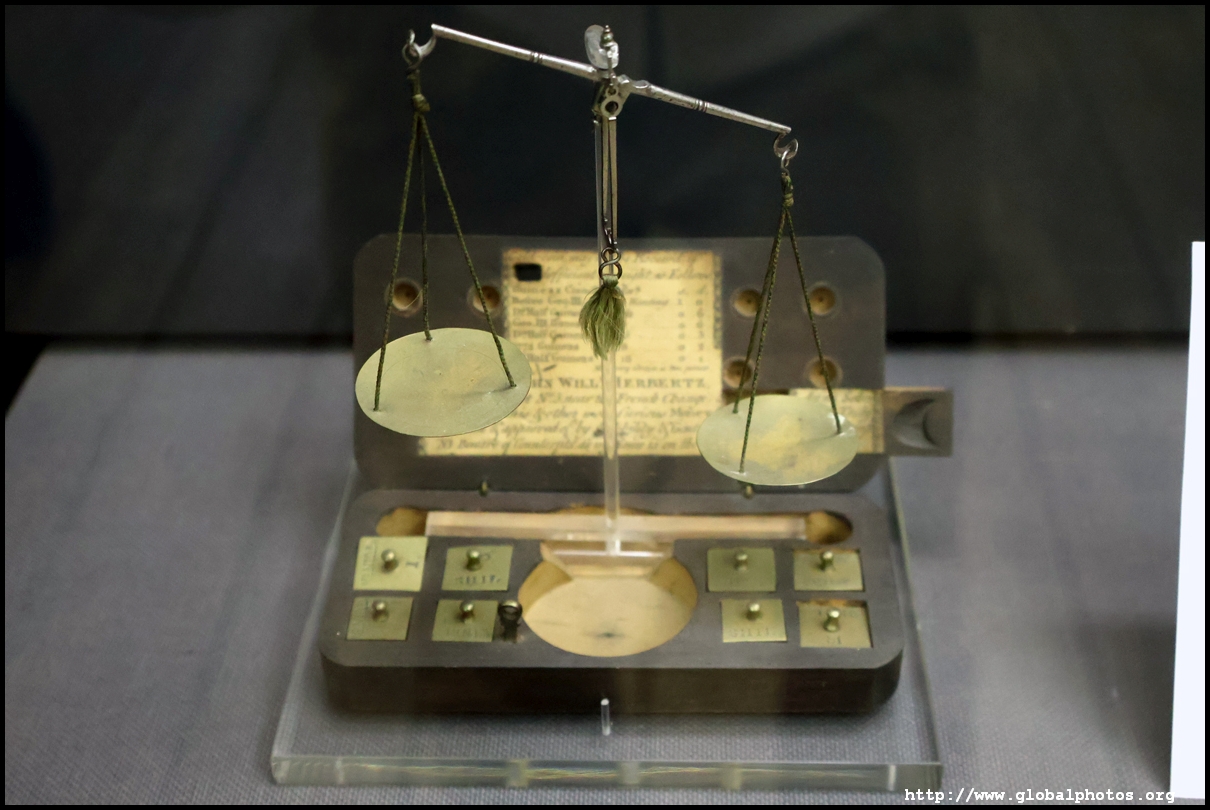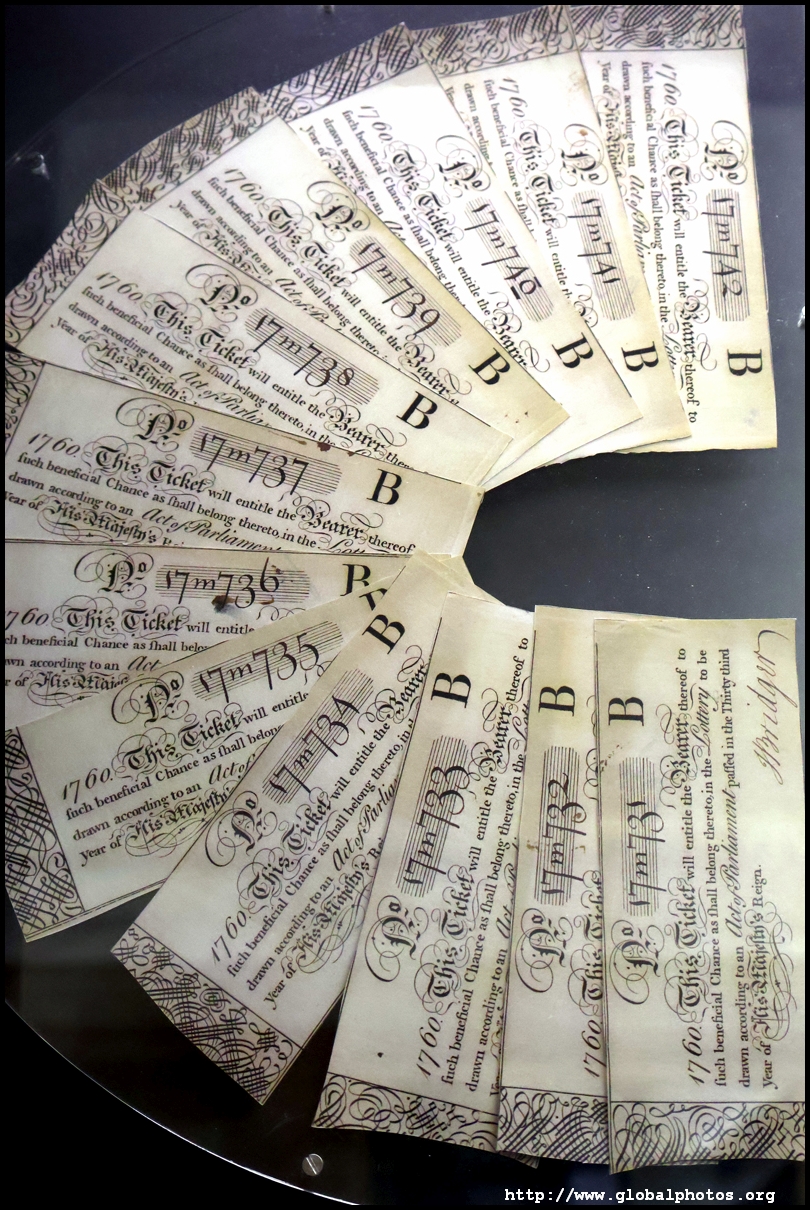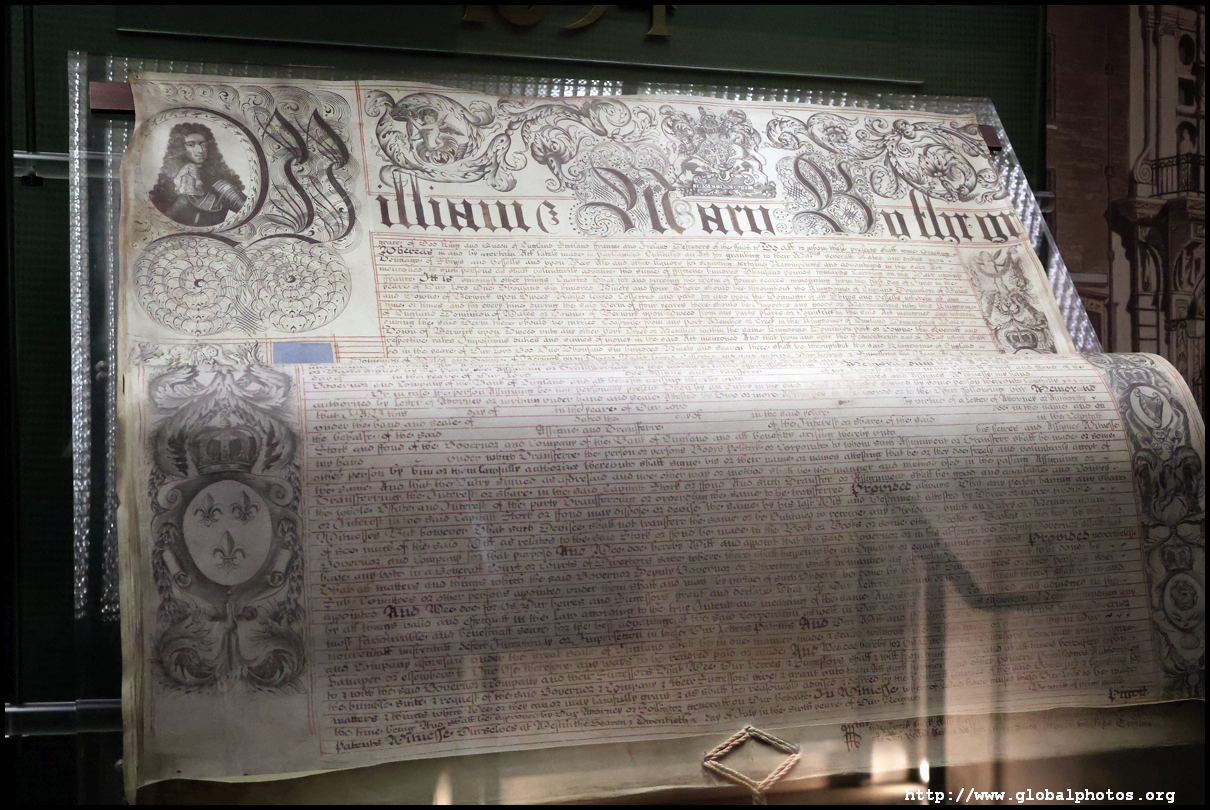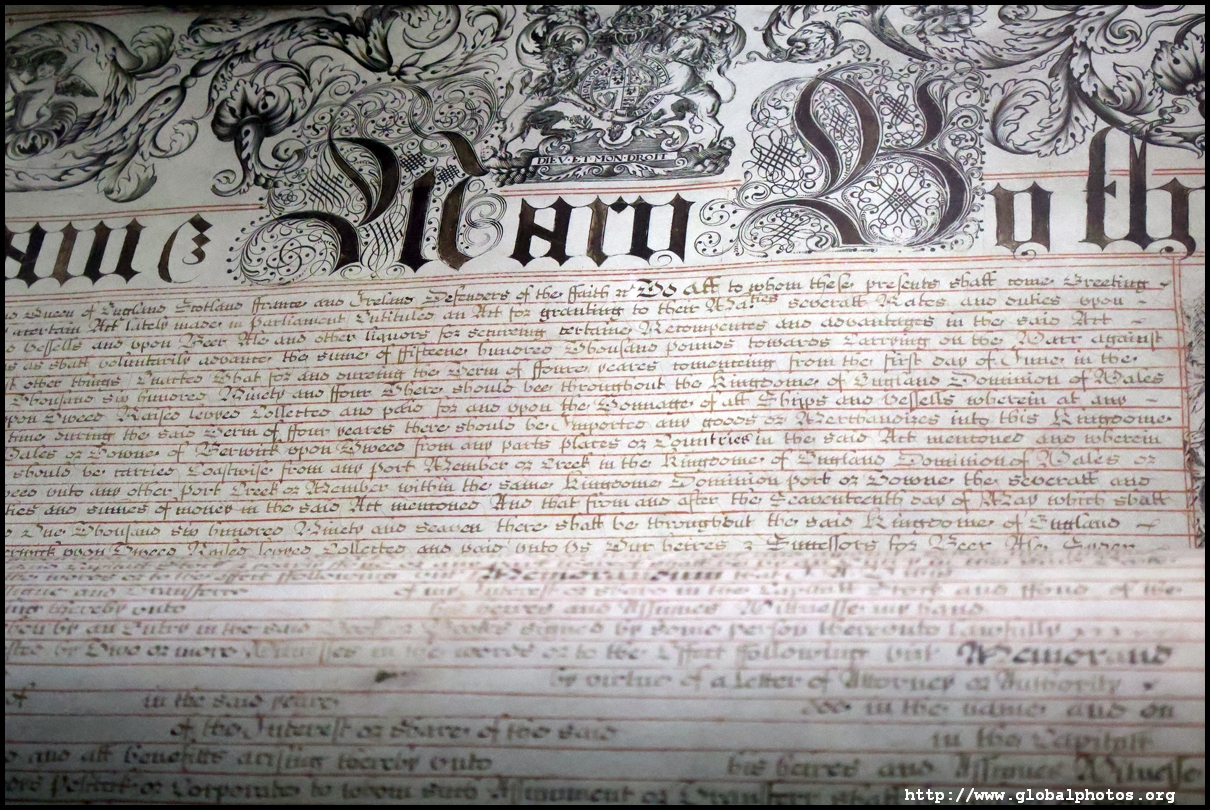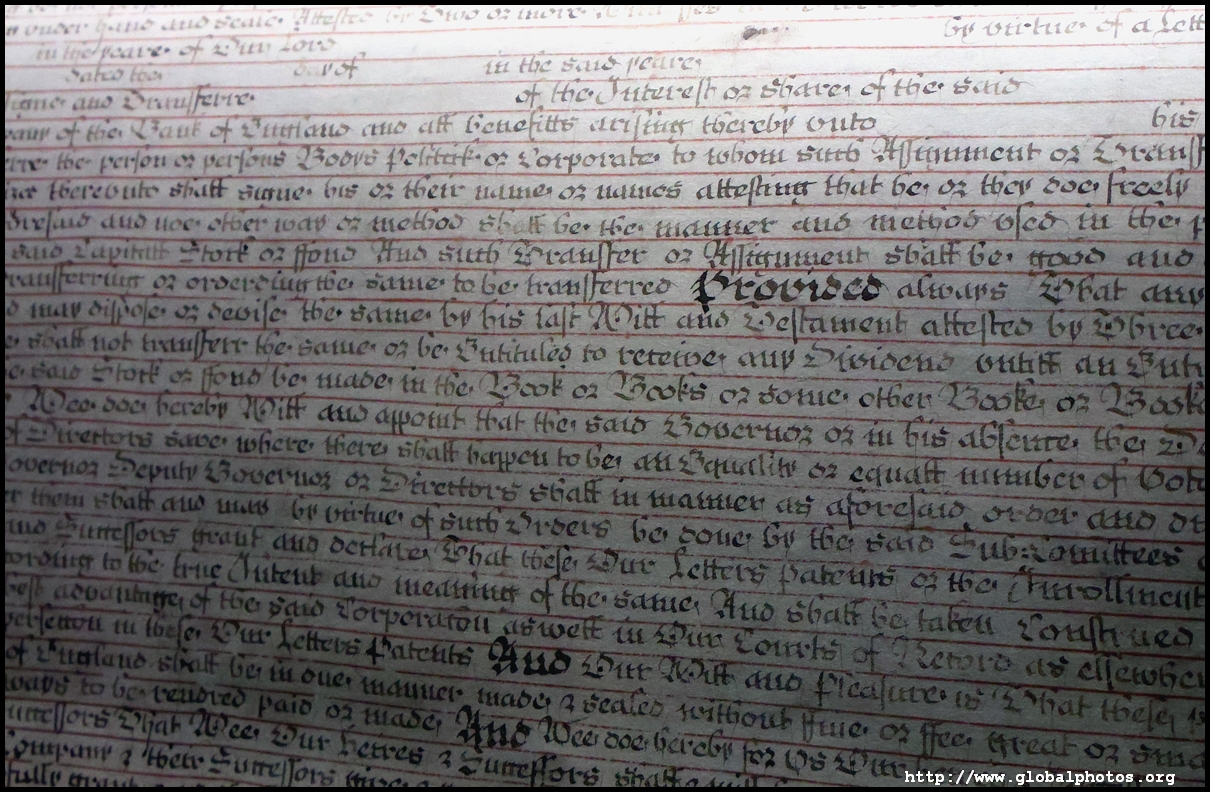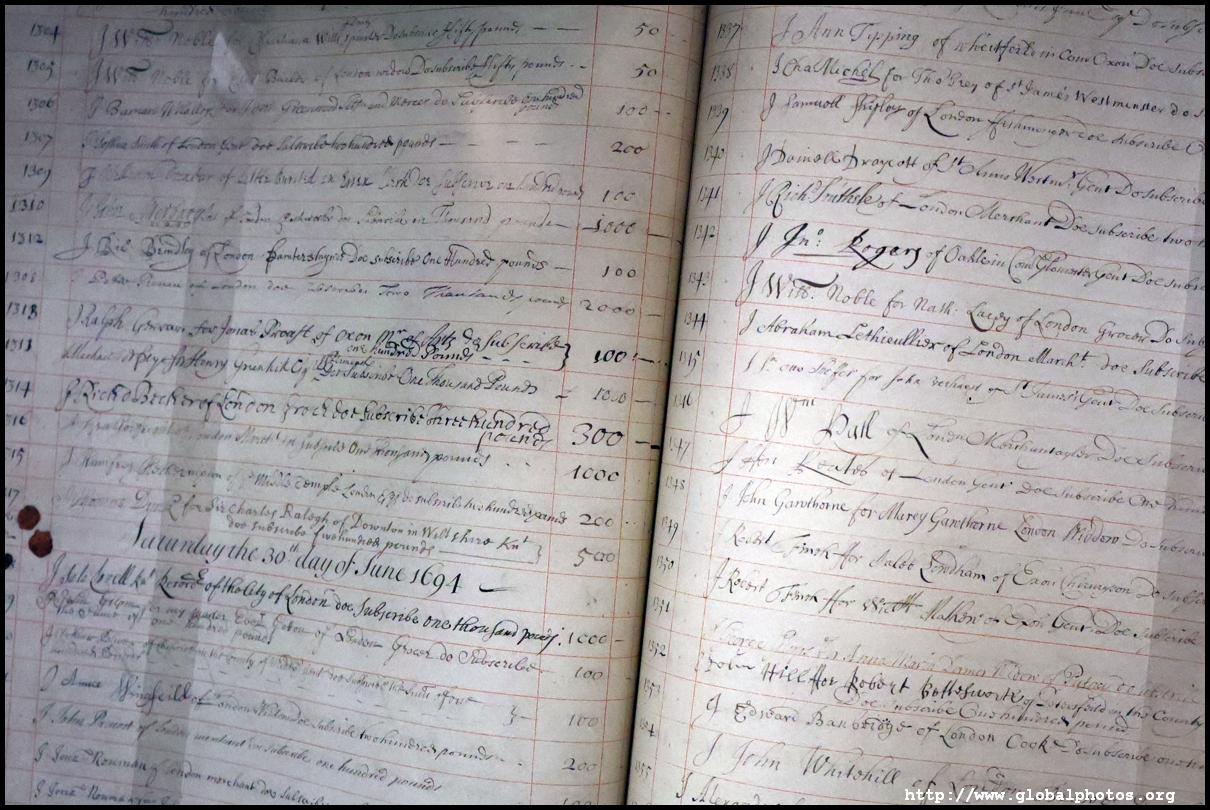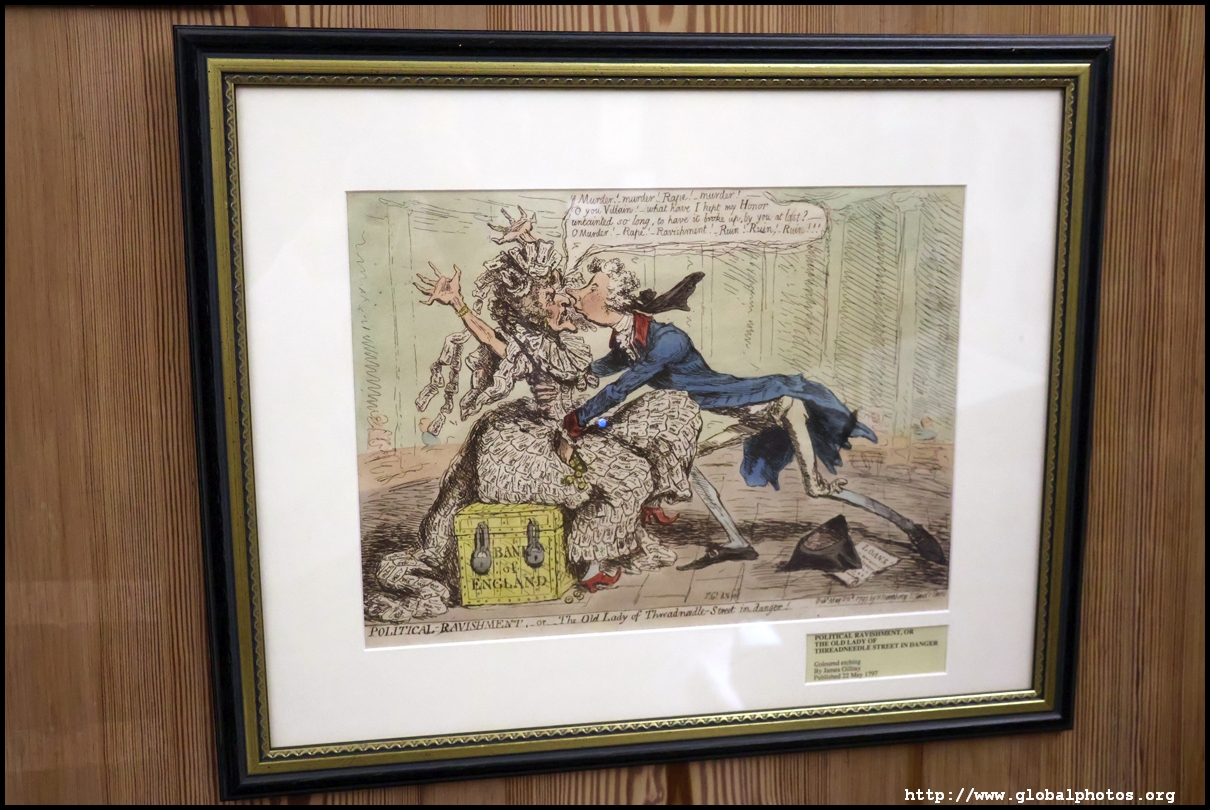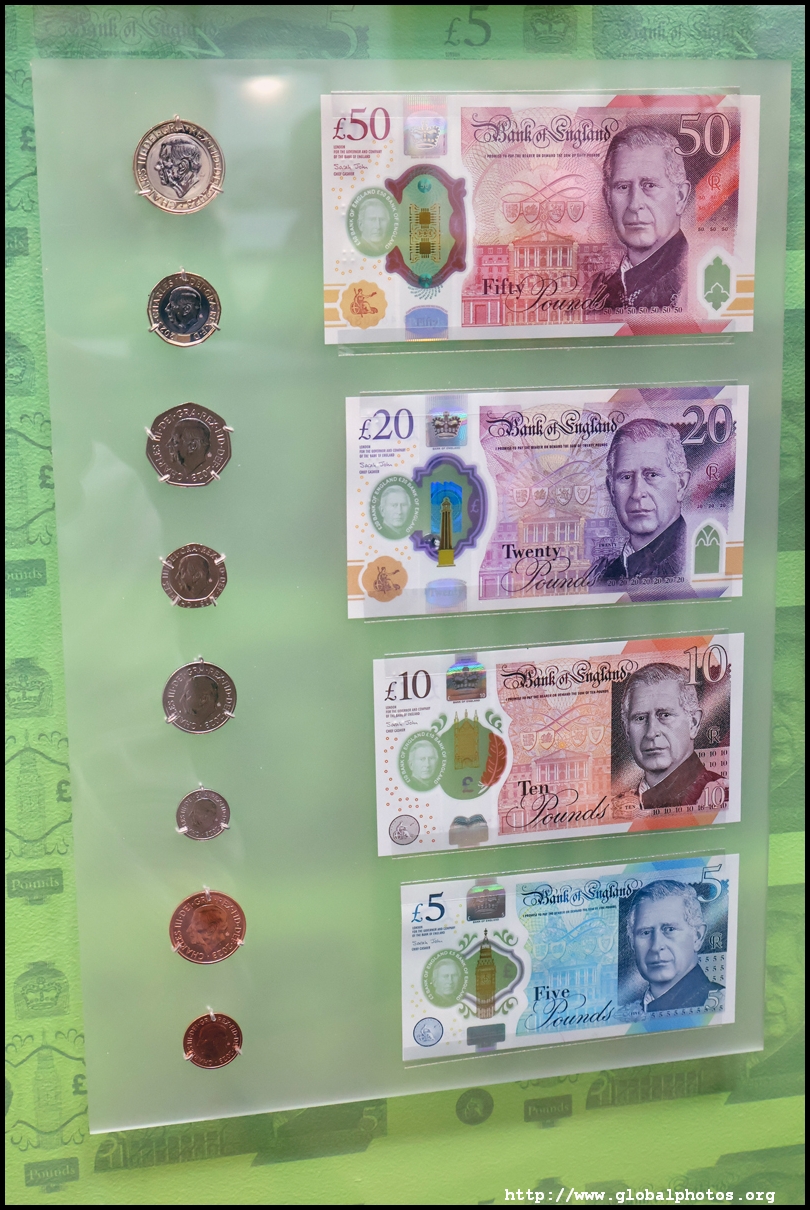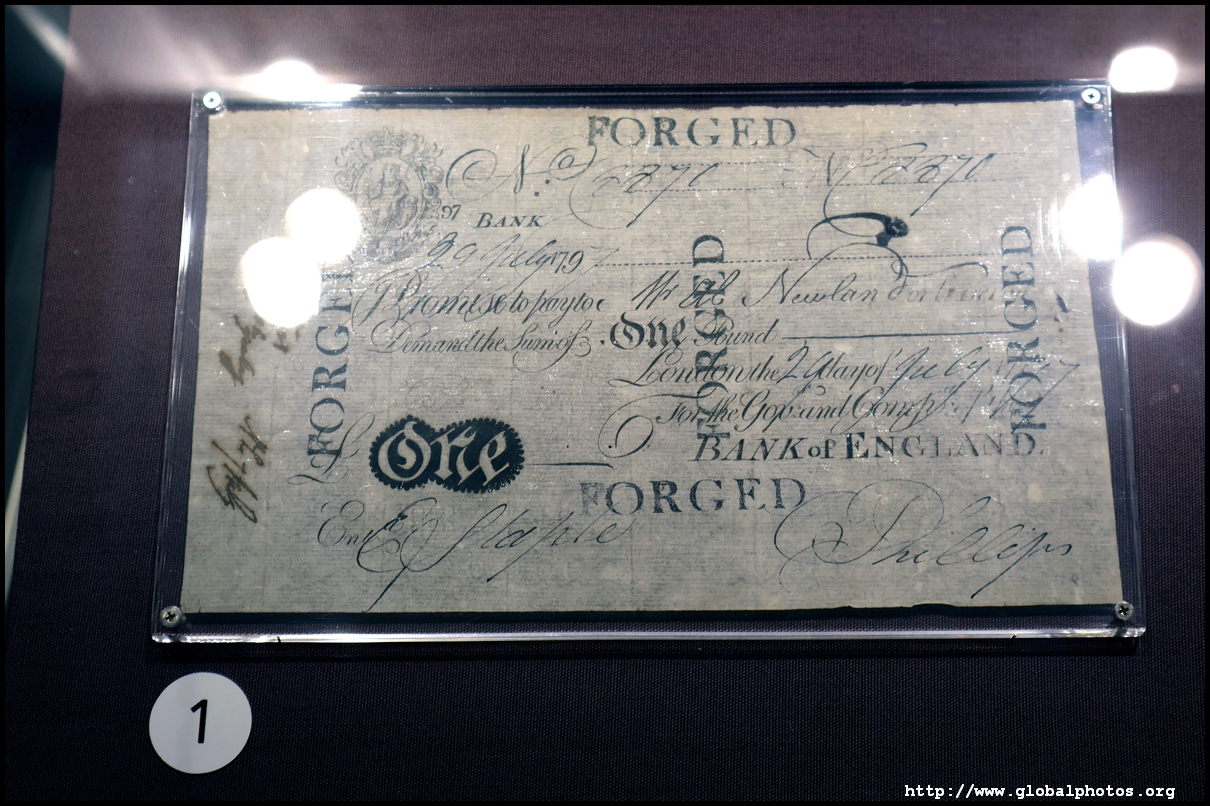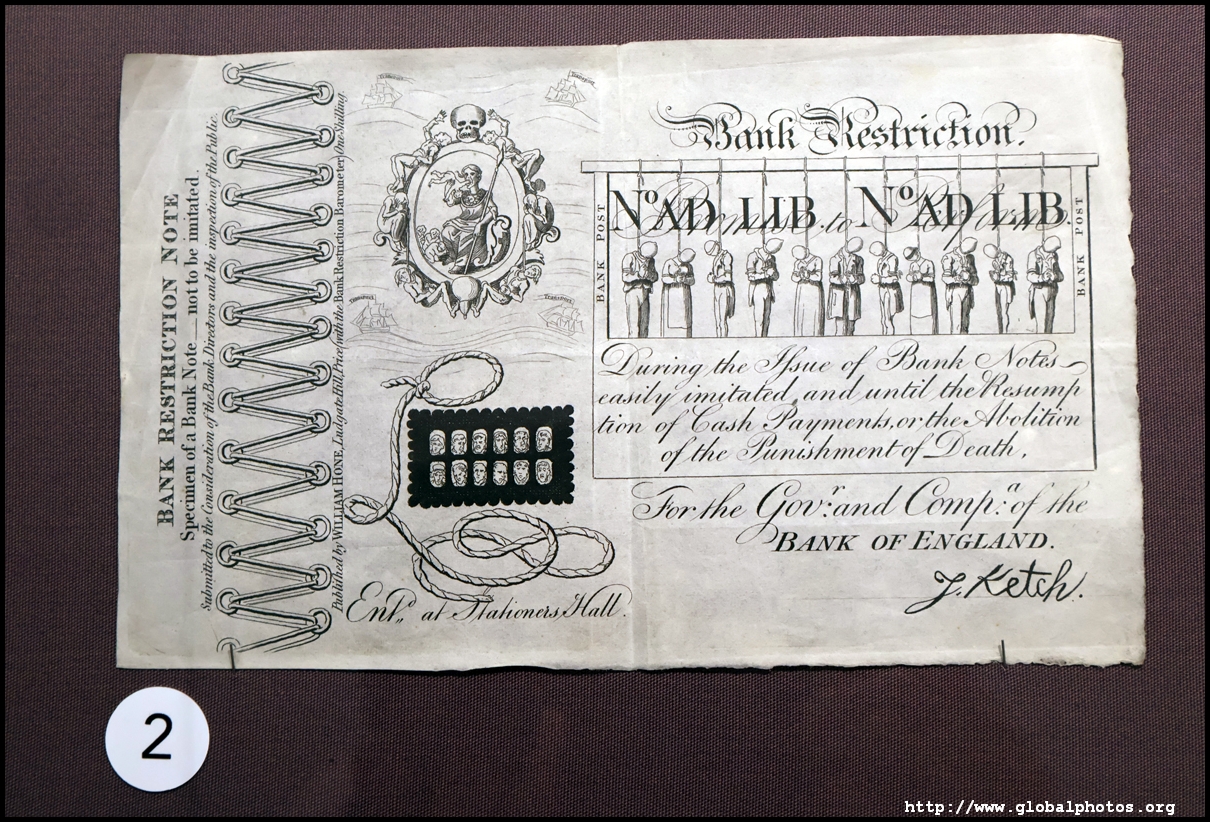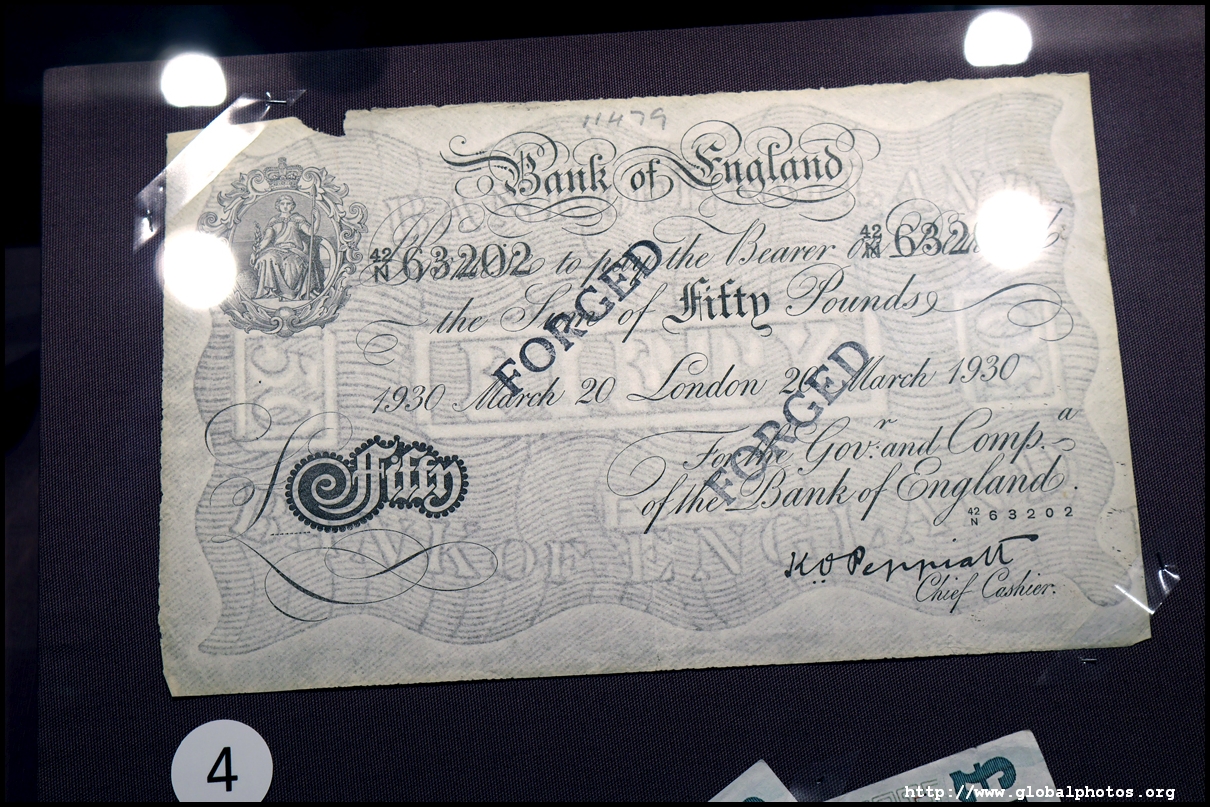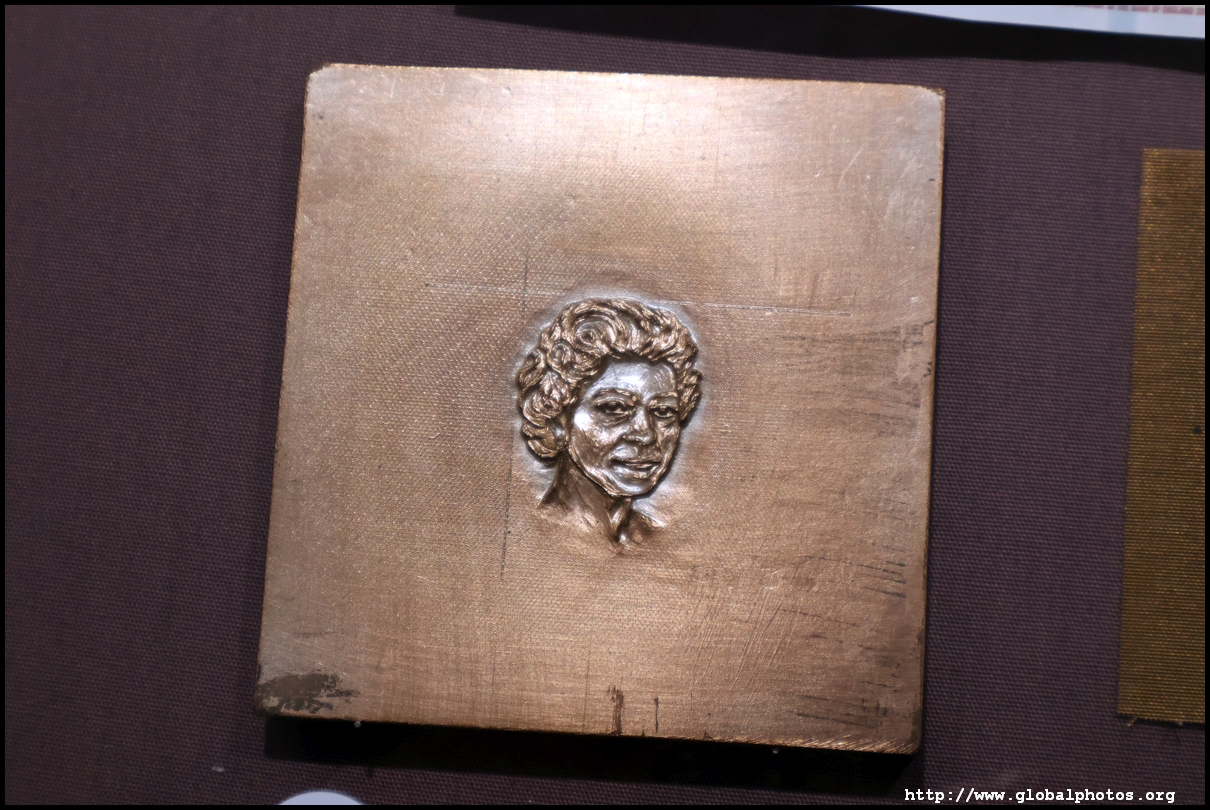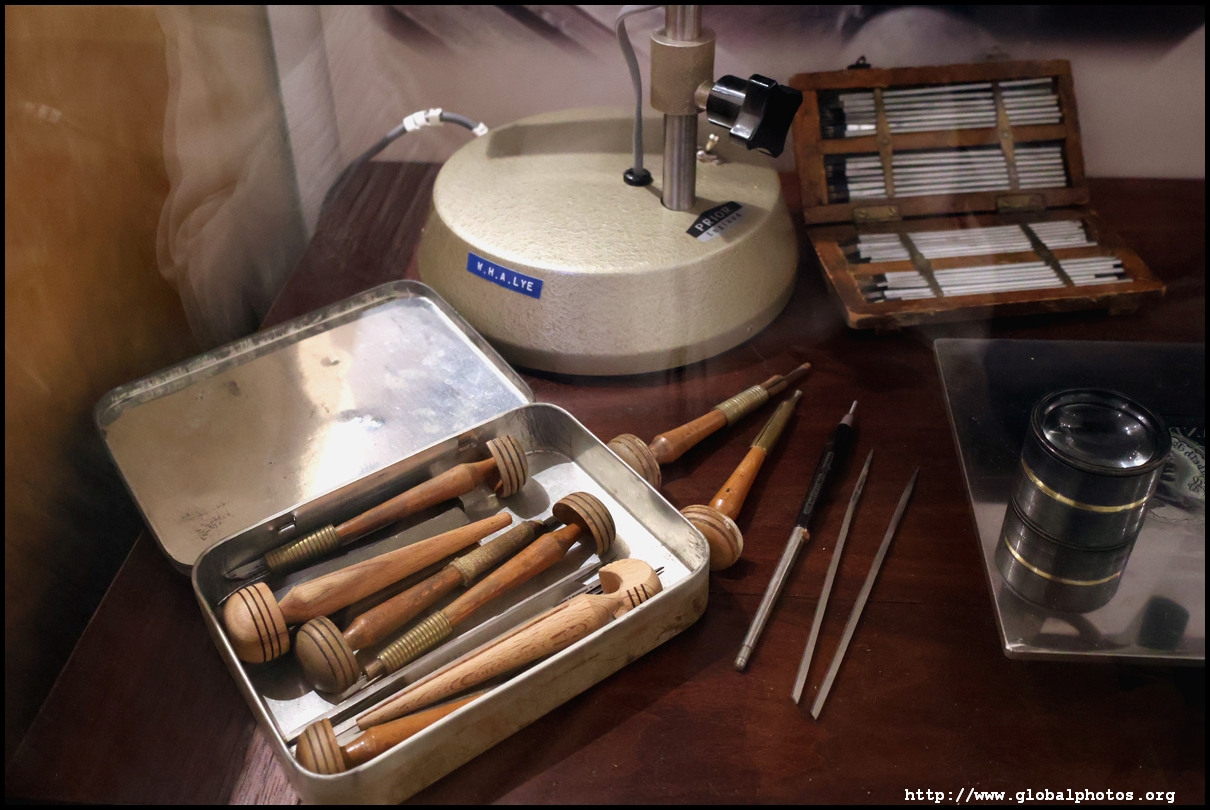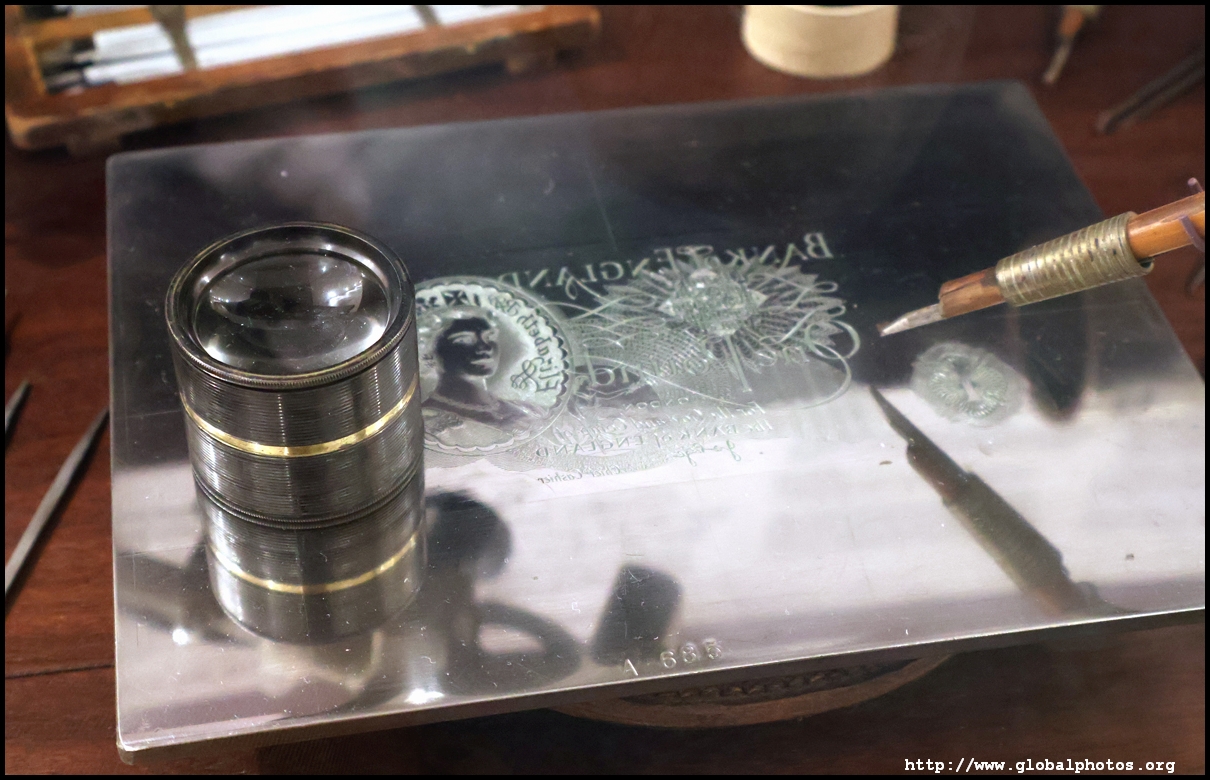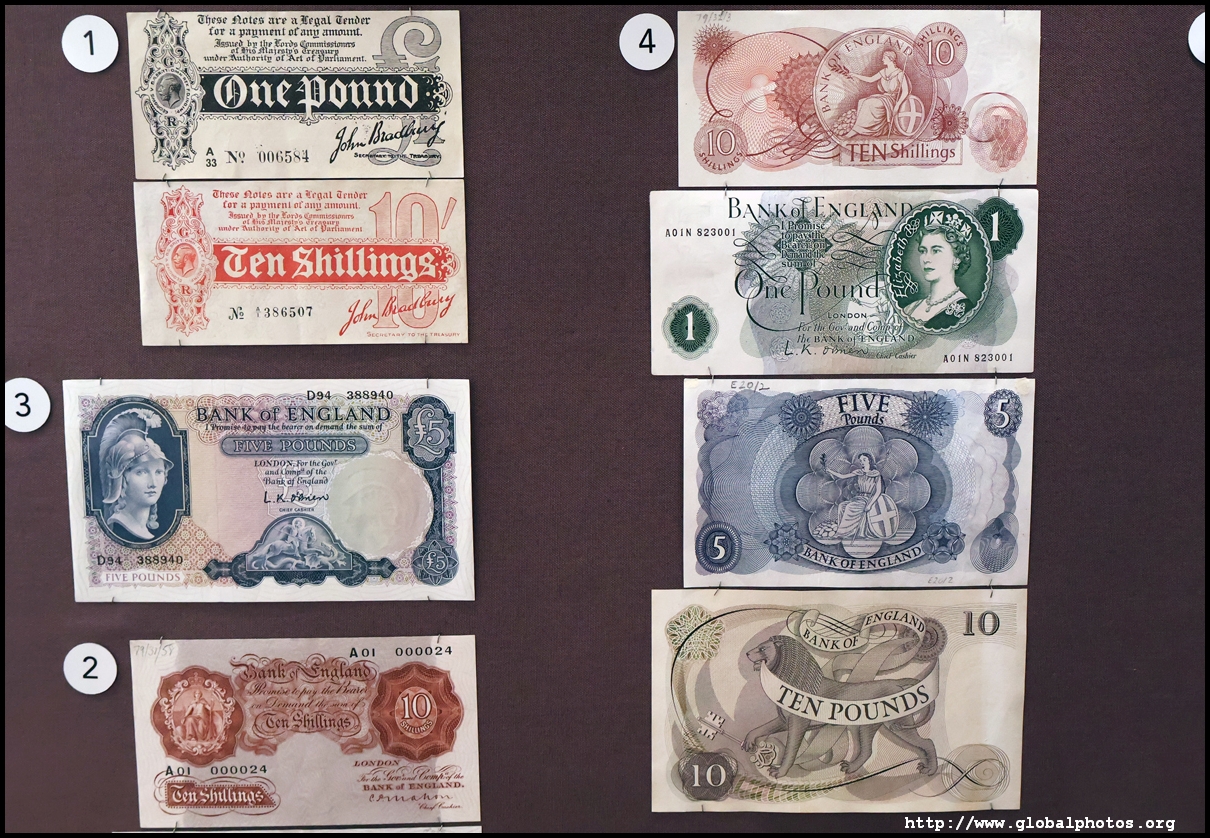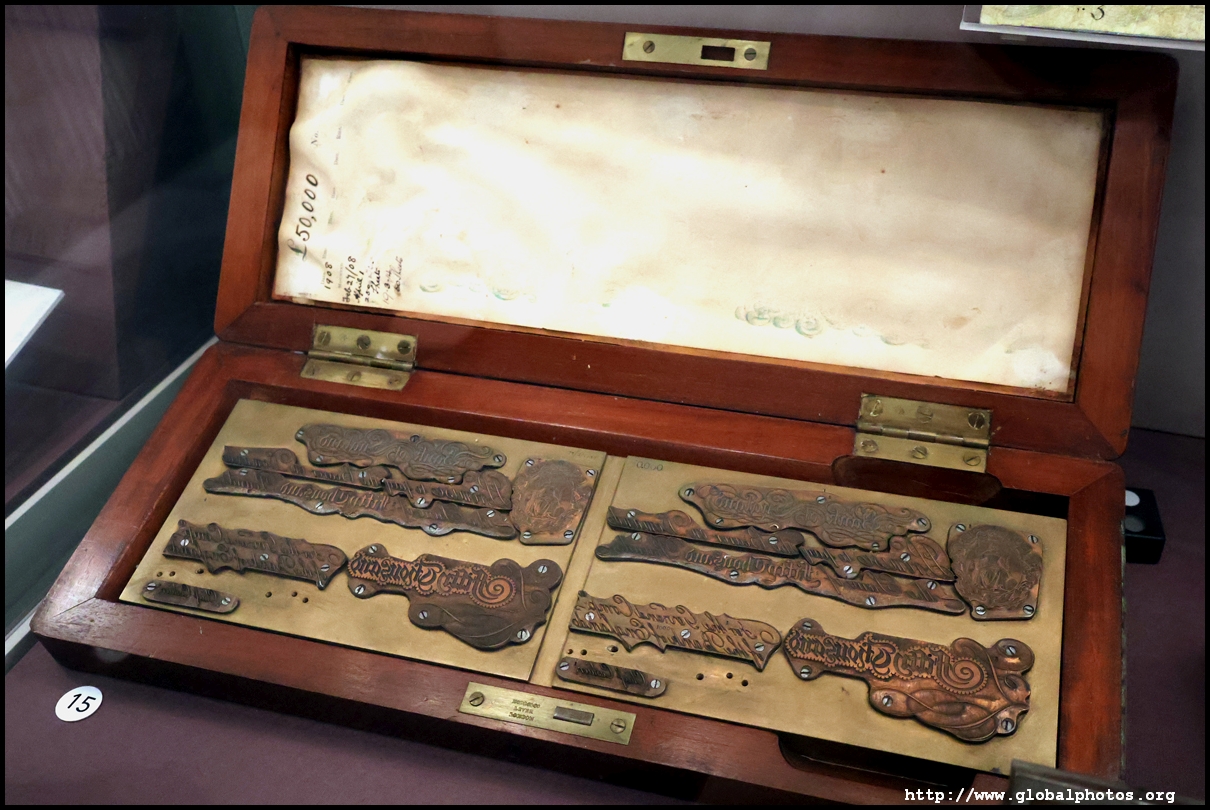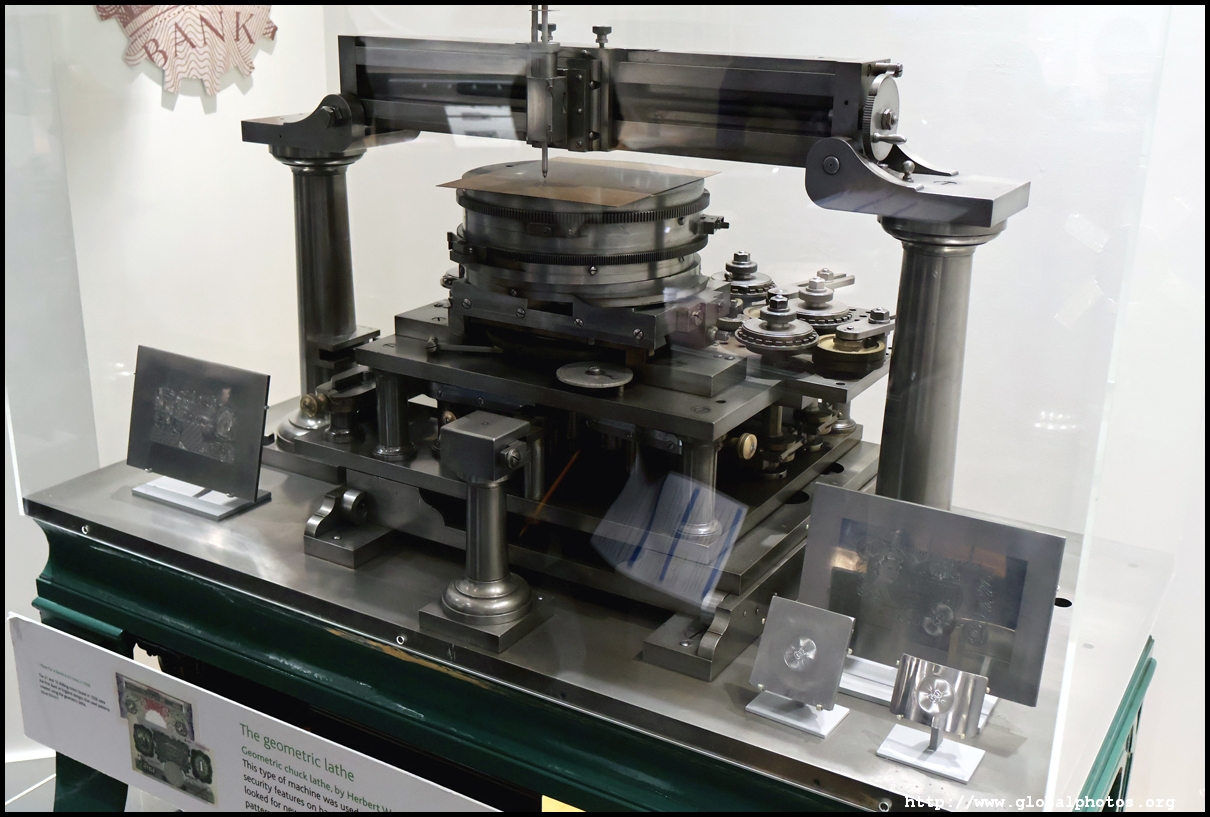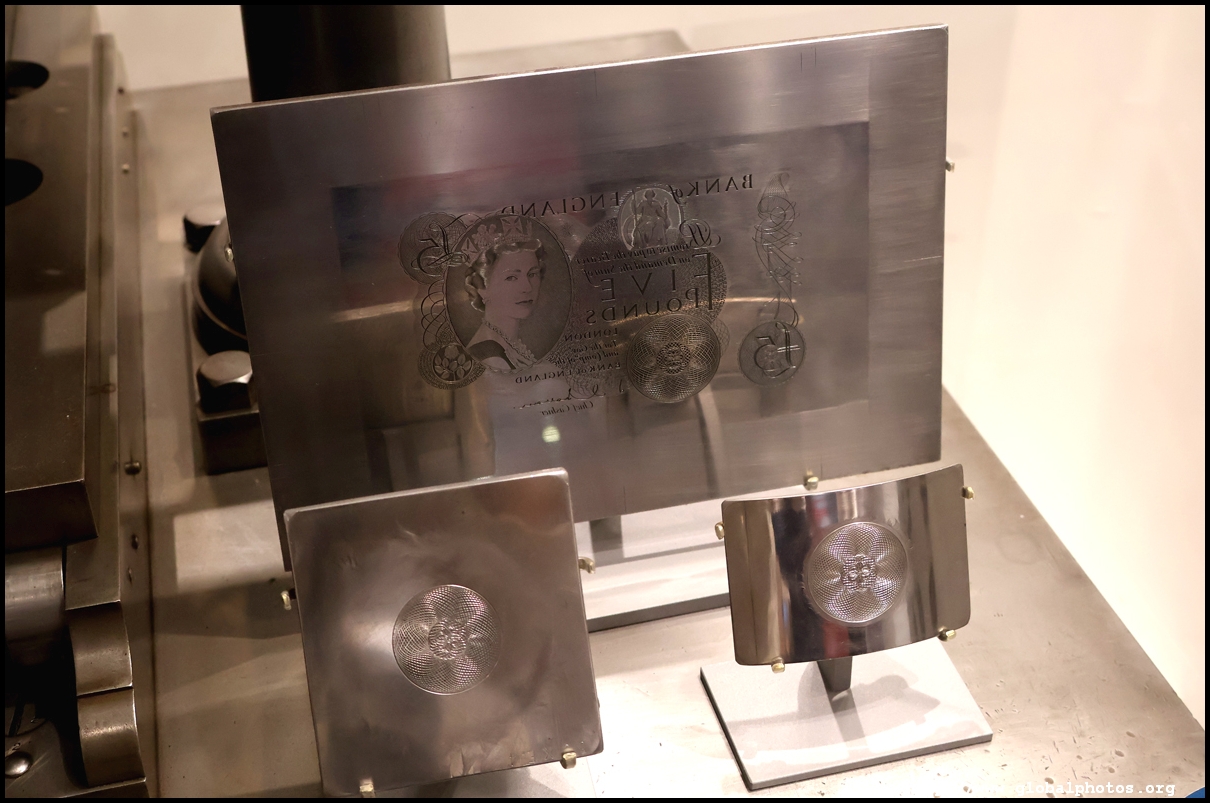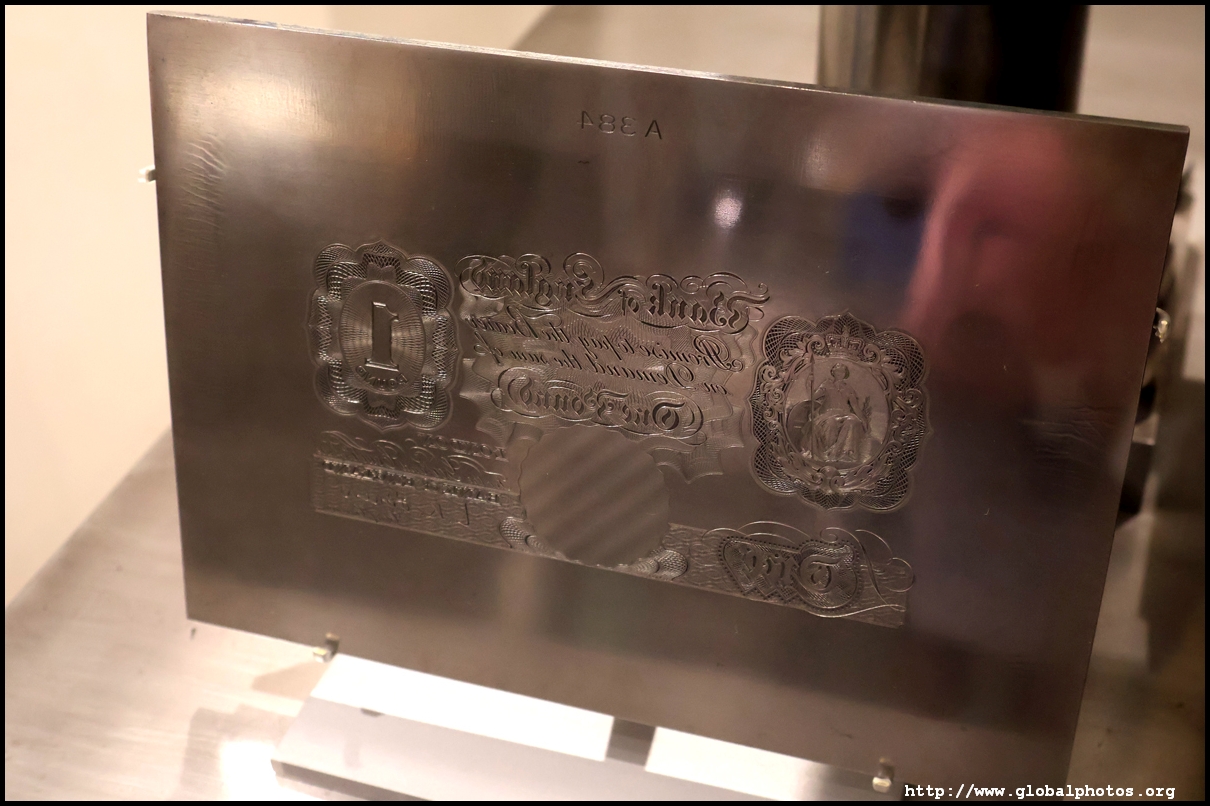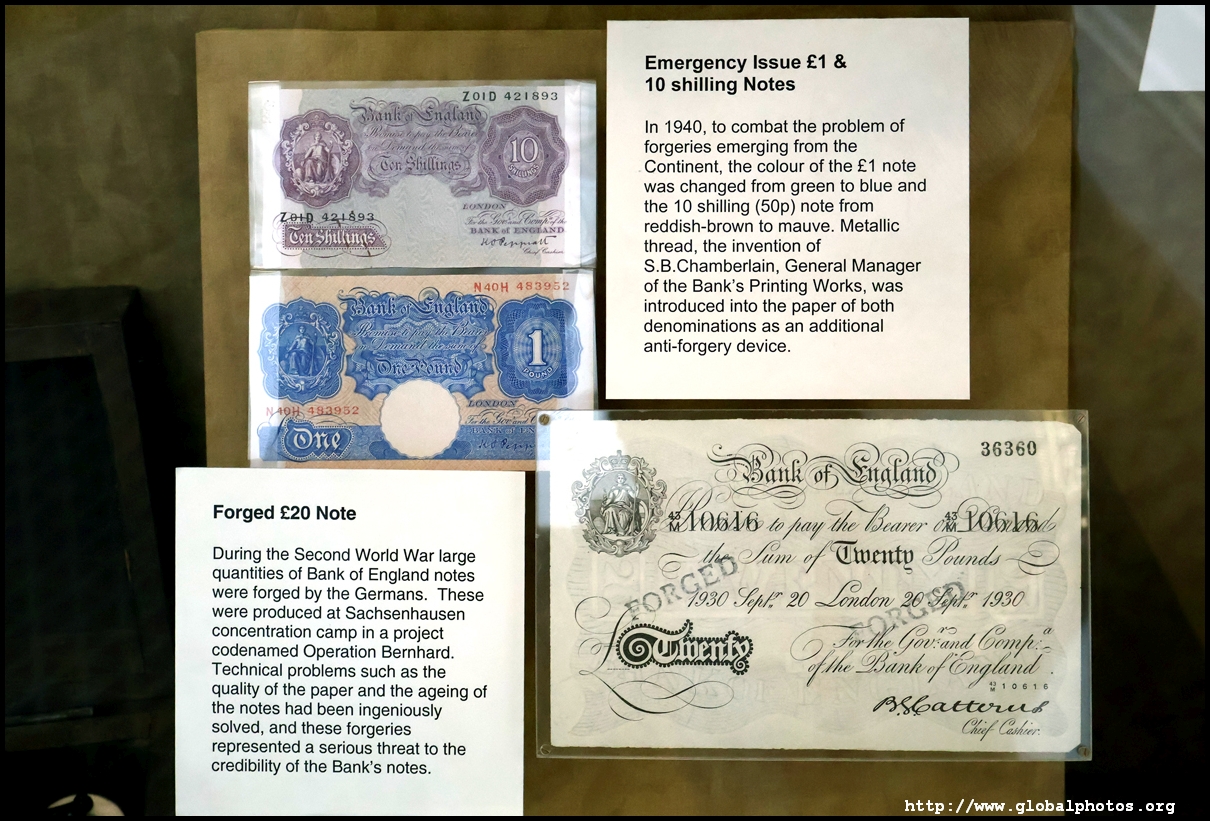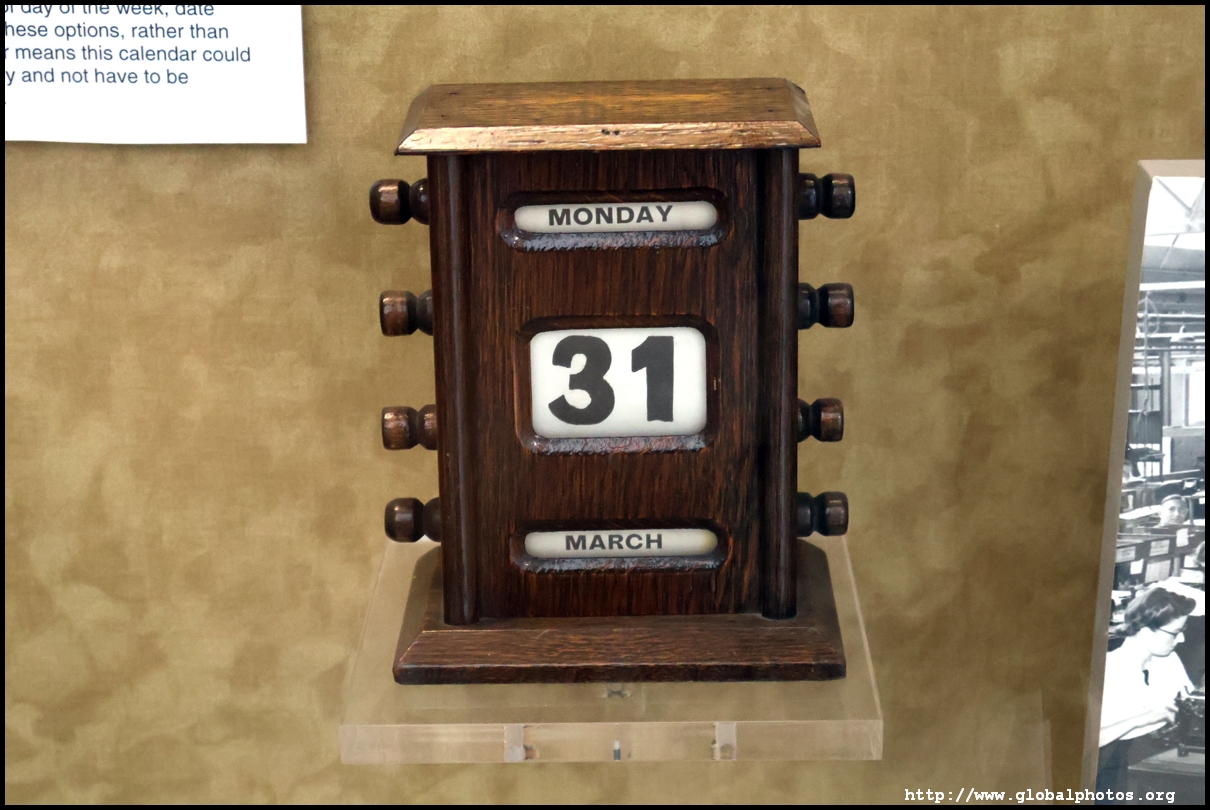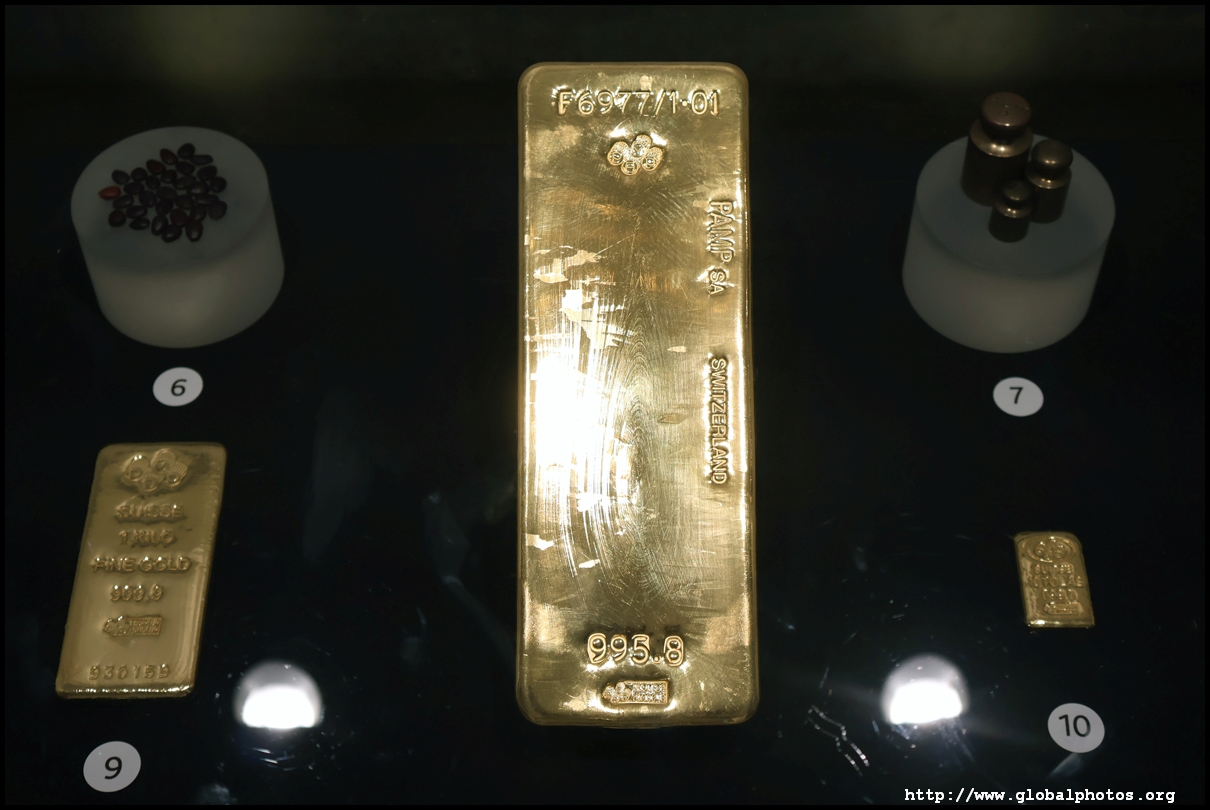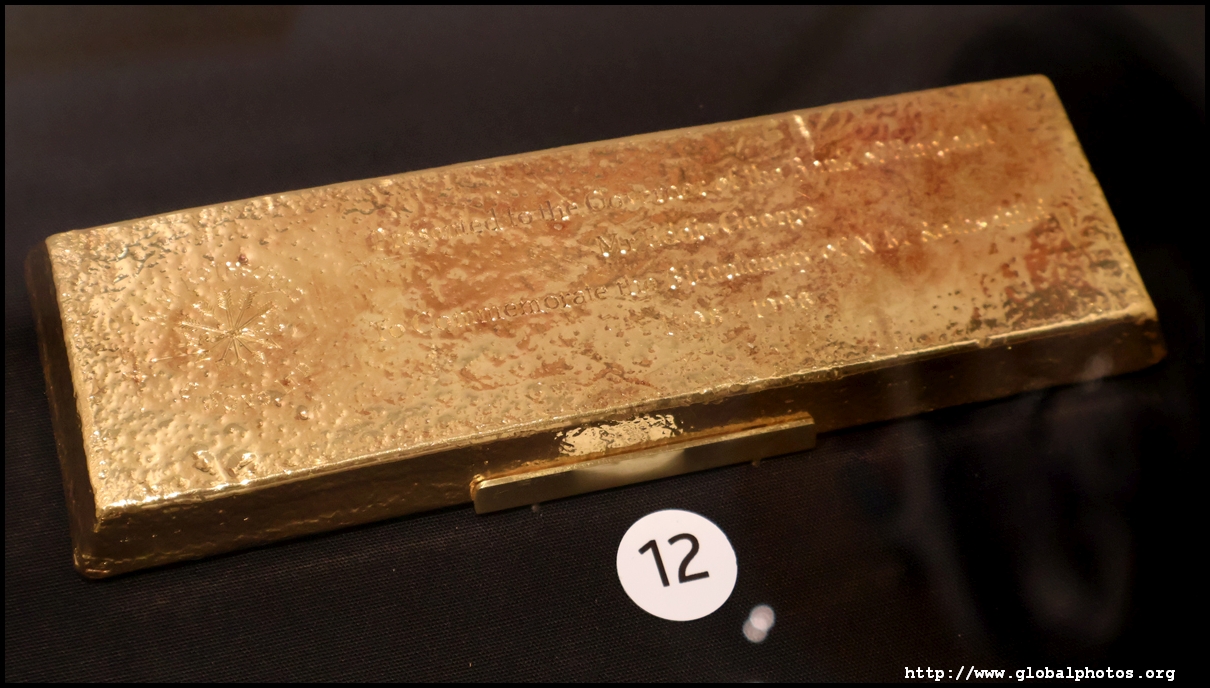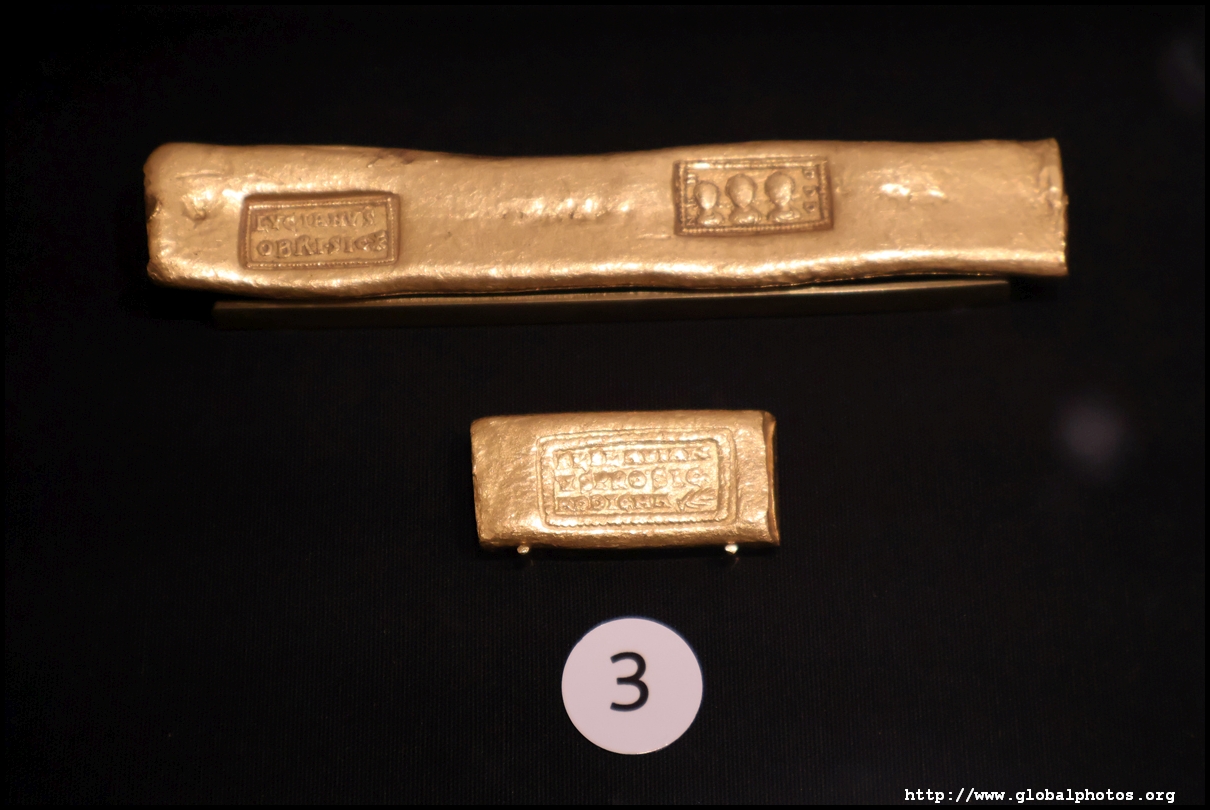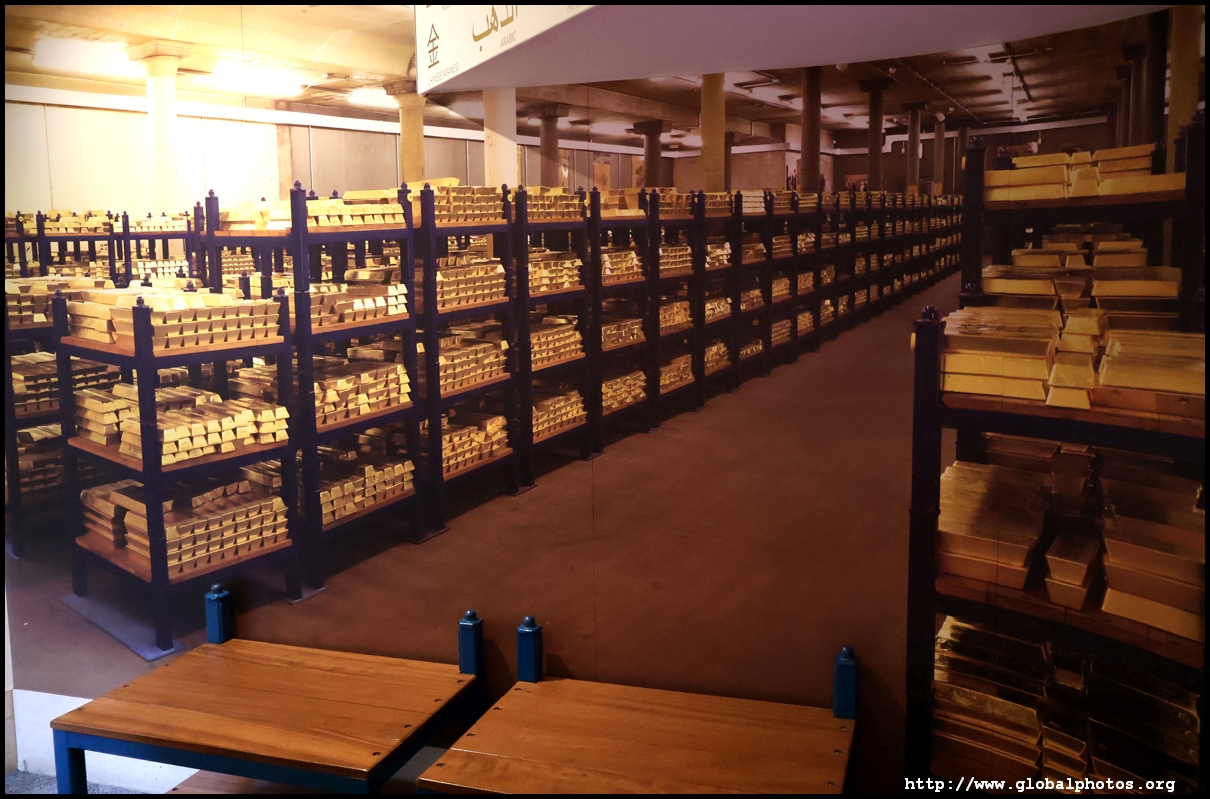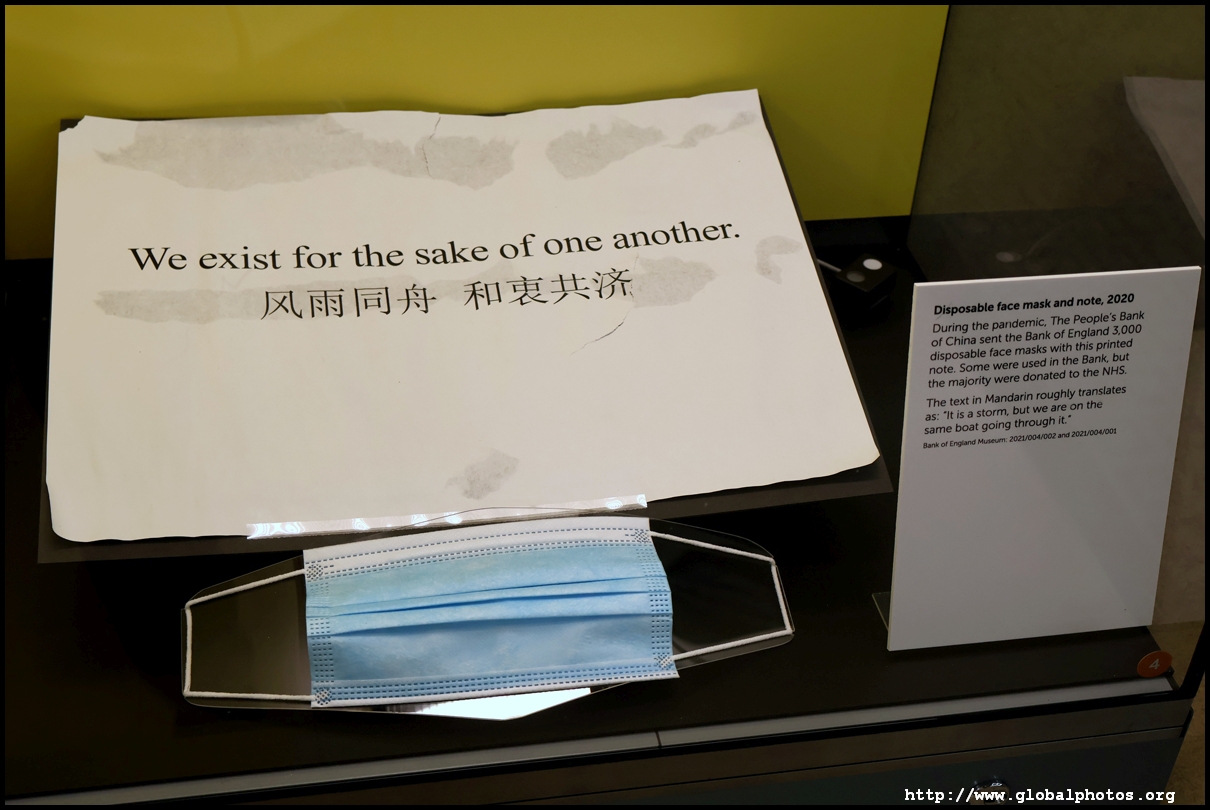London Photo Gallery - Bank of England Museum
Learn about how the Bank of England works and the story of money. Located in the heart of the City, this free museum is worth a quick stop while you are touring the area.The Bank of England was founded in 1694 initially as a private bank to fund the war effort against France and to "promote the public Good and Benefit of our People".
This is a sovereign weighing machine from 1842 used to weigh coins. When money was based on the gold standard, the gold coin needed to be the exact weight to support its value. Underweight coins are sent back to the Royal Mint to be melted down, and only correctly-weighted coins are distributed to customers.
This Murdoch's Millions note from 1986 protested Rupert Murdoch's decision to move newspaper production from the City to Wapping.
This polymer note can be used as a voucher for Itsu's Lime Street branch.
This 1 million pound banknote from the 19th century was used for internal accounting.
Banknote forgery was problematic as the new 1 and 2 pound notes were not produced with good quality. Not even the Bank of England's staff could easily spot their authenticity. This cartoon was published by an unamed artist in 1818.
A forger used these copper printing plates to produce fake 1 and 2 pound notes. They were found in 1799 and given to the Bank.
The public could use scales like this from the 1770s to check how much their gold coins weigh.
Who doesn't like to hit it rich without working hard? Lotteries were used for the government to fund its expenditures. with the Bank being the registrar on behalf of the government. These lottery tickets are from 1769.
The Bank of England's Charter was granted by the King and Queen and became official on July 27, 1694.
The Book of Subscriptions shows the Bank's first subscribers and the amount each invested. The King and Queen contributed 10,000 pounds, while many merchants subscribed as an investment of over 2000 pounds might earn you a Director role.
This cartoon published in 1797 shows the Prime Minister wooing an old lady, who represents the Bank. He intended to get to the Bank's gold reserves, but the old lady is the way, sitting on the chest to protect it, with the bank's clerks at work in the background. On the ground is a document called "Loans", which represents the government's continuous requests to borrow money.
With a new Head of State, the newest version of currency now have King Charles on its design.
The Bank issued 1 and 2 pound notes in 1797, but it wasn't common to handle bank notes at the time, which counterfeiters took aim to take advantage of the ignorant masses.
Over 300 were hanged for counterfeiting or using fake notes between 1797 and 1821. Some were also sent to Australia's penal colonies.
During World War II, the Nazis tried to wreck havoc on the British economy by sending large quantities of counterfeit notes into circulation. The Bank then withdrew all notes above 5 pounds.
These equipment help create the currency we use today.
The Bank is the world's 2nd largest gold custodian after the New York Federal Reserve. Its gold vaults downstairs hold some 400,000 bars, of which only about 6% belong to the UK Treasury. Gold owned by other central banks and companies are also safekept here. Besides, having one bar on display in a case, they also have a few gold items in the exhibits, although the vaults are off limits.
During the early days of COVID, the Chinese central bank sent a batch of 3000 disposable face masks, of which most were donated to the NHS. A note came with the delivery that we're all on the same boat.
| |||
To re-use these photos, please notify me by email : asiaglobe@yahoo.com.hk.
